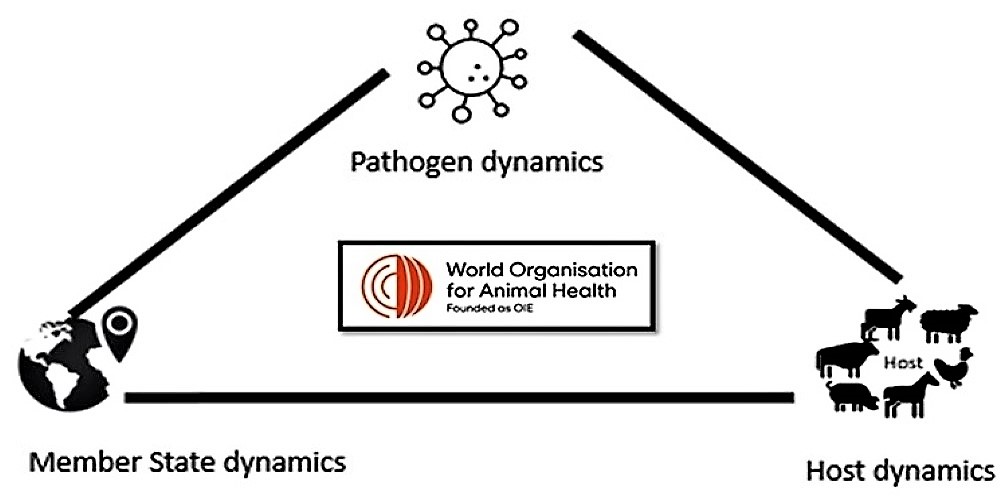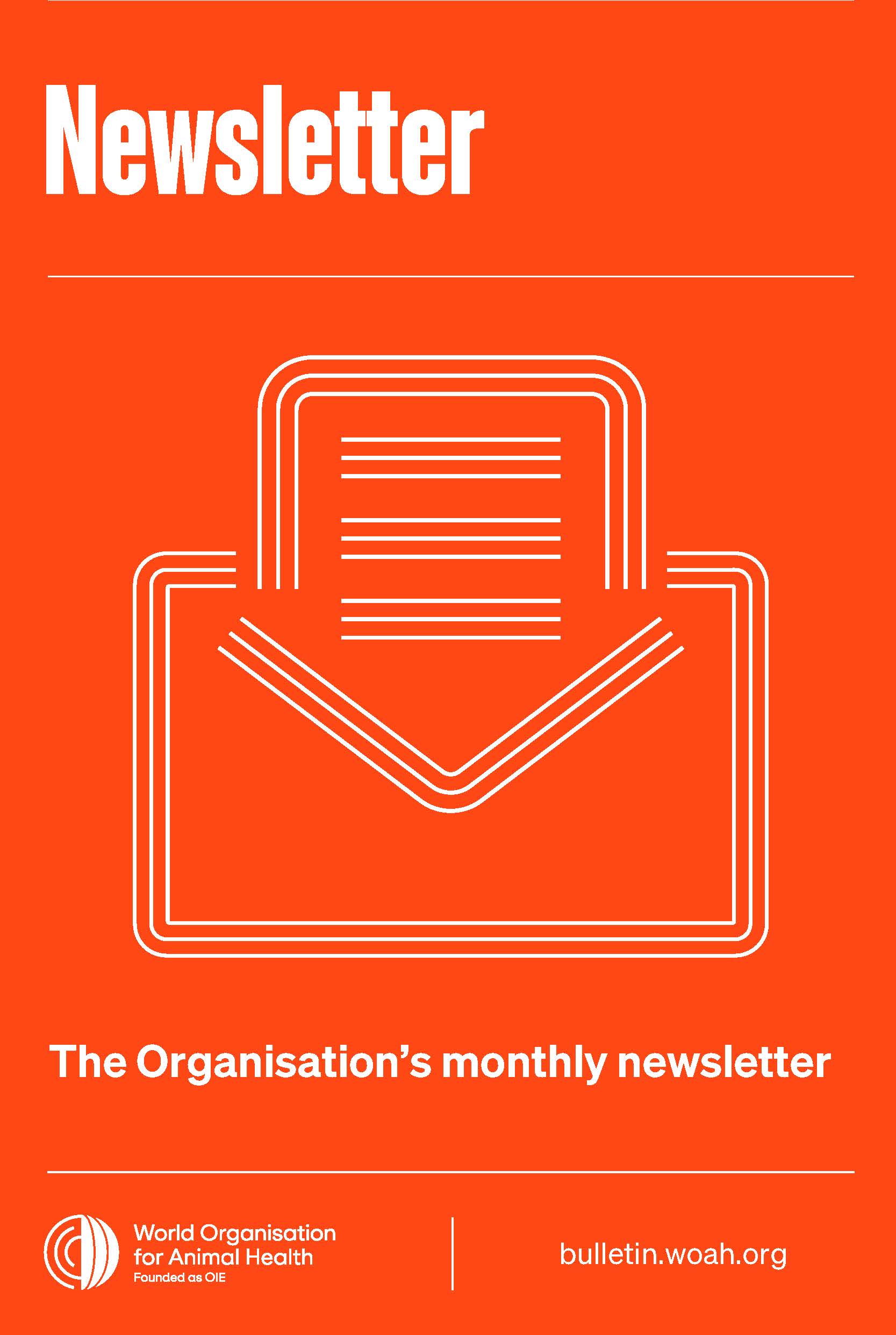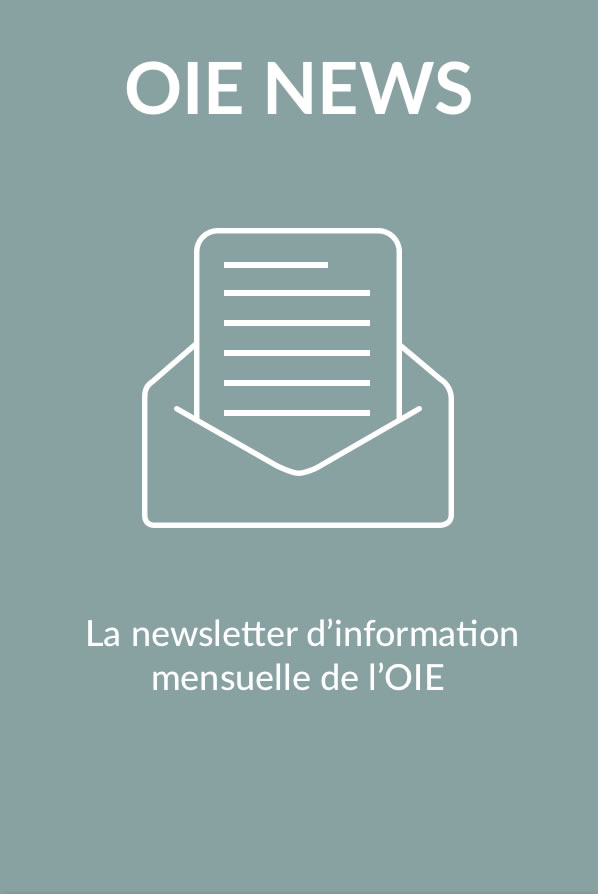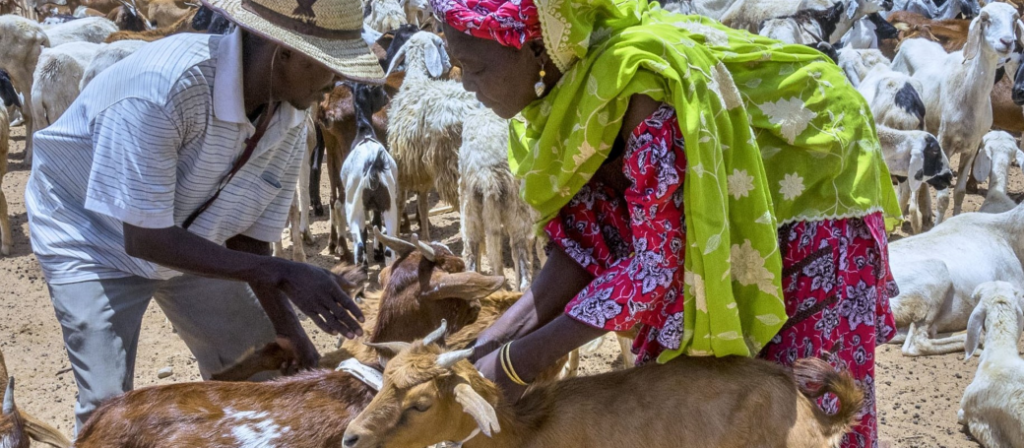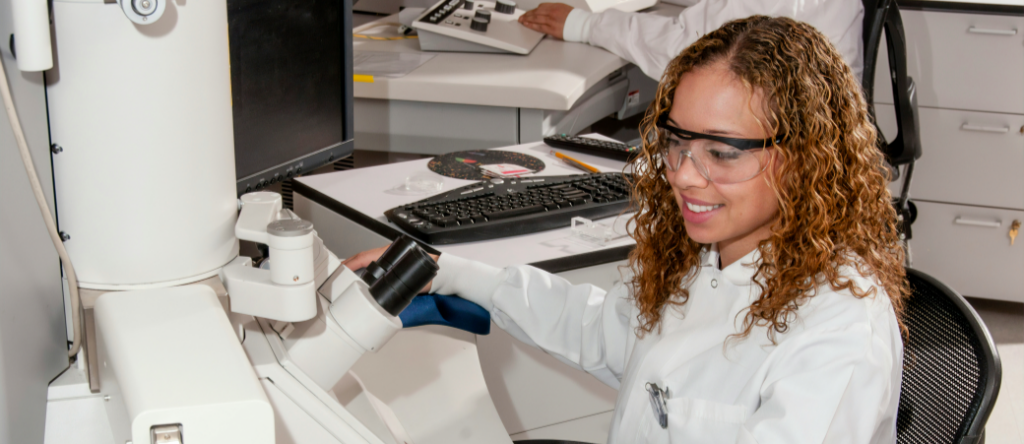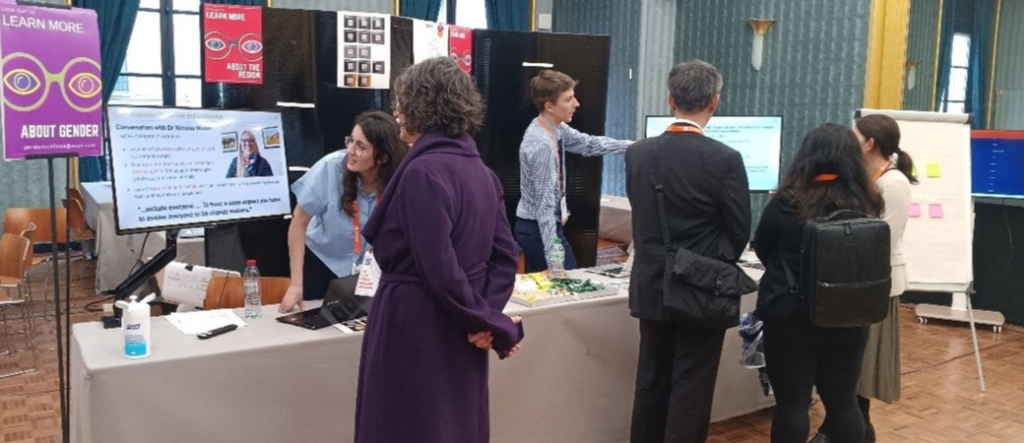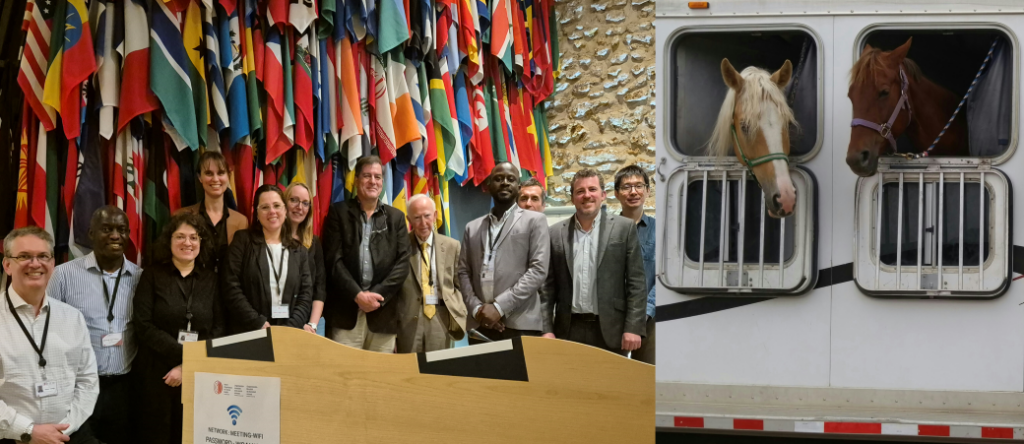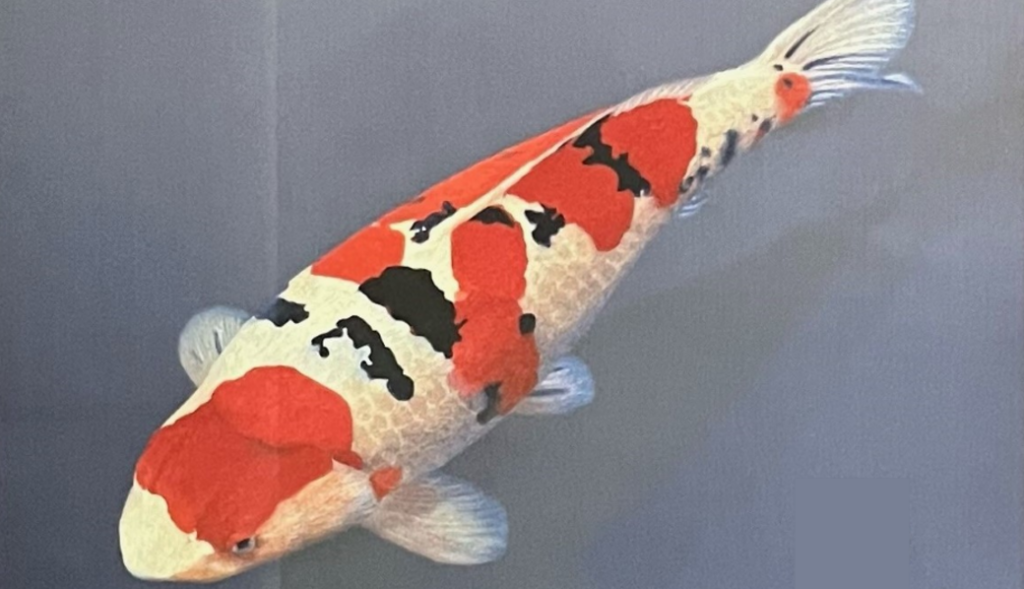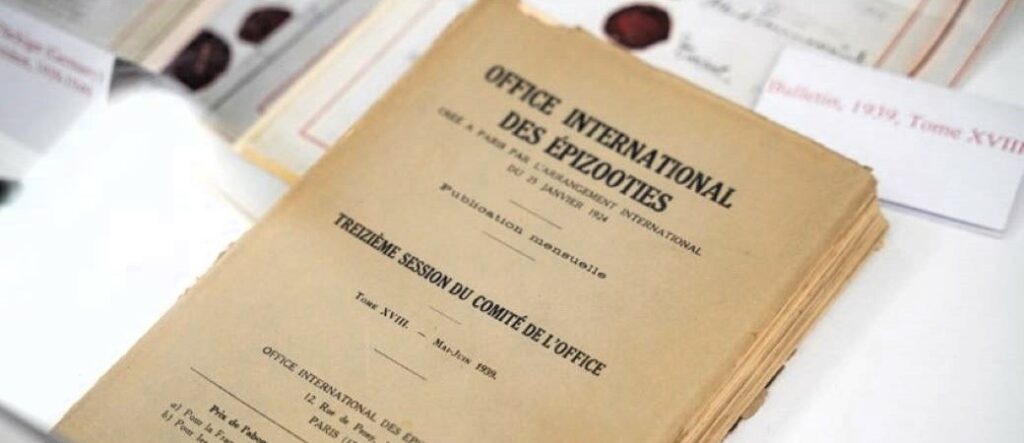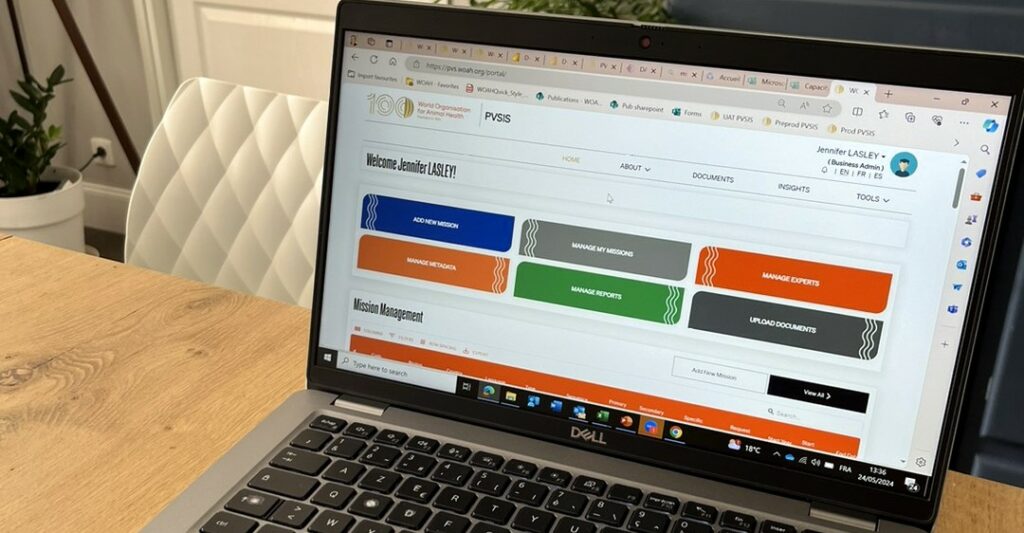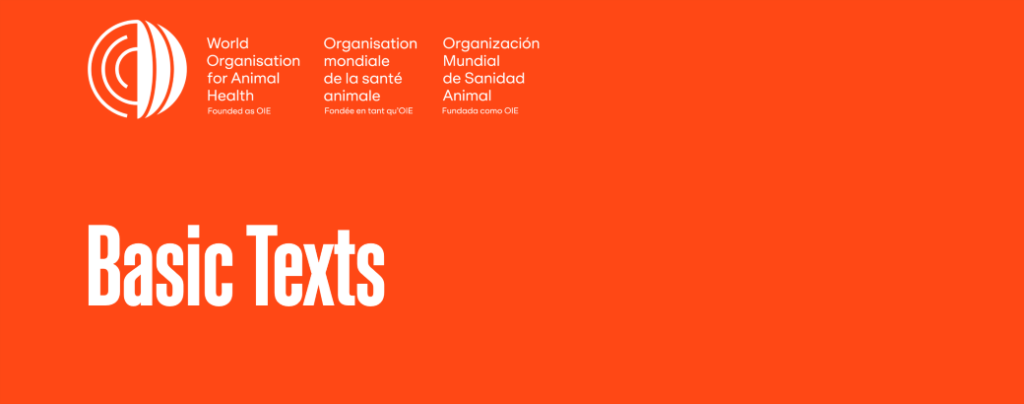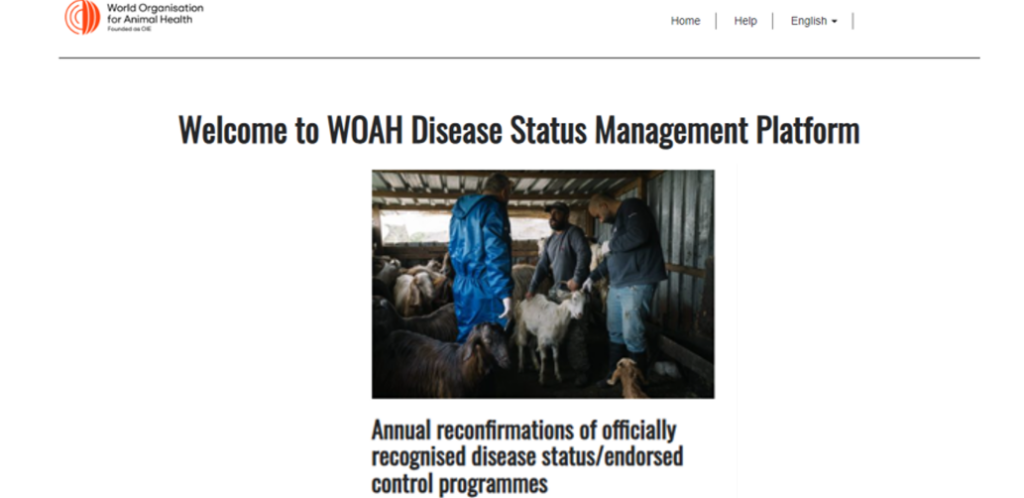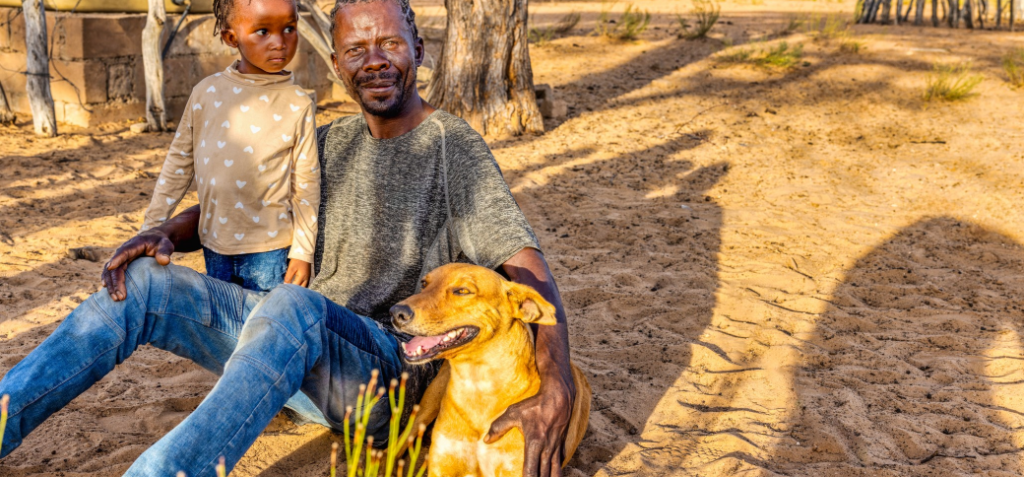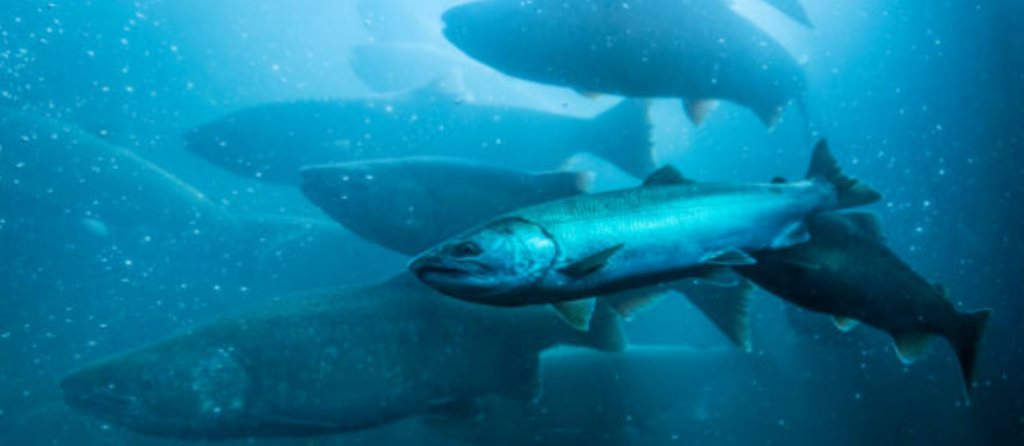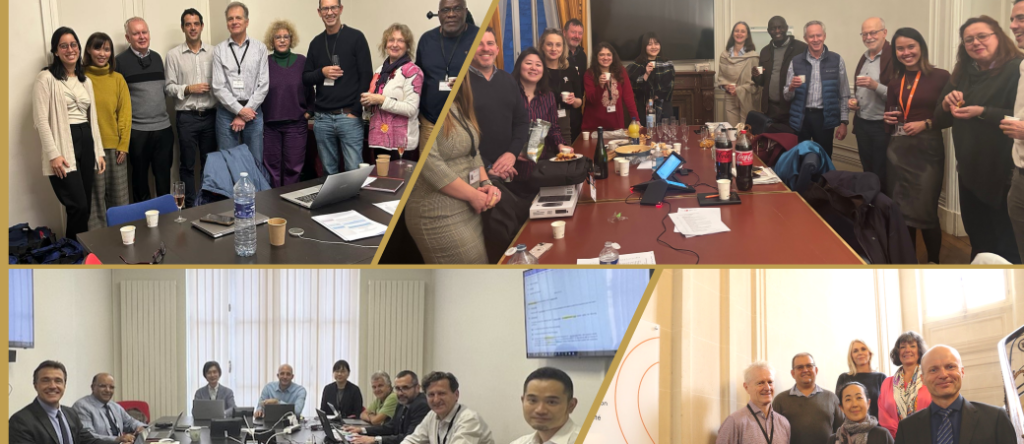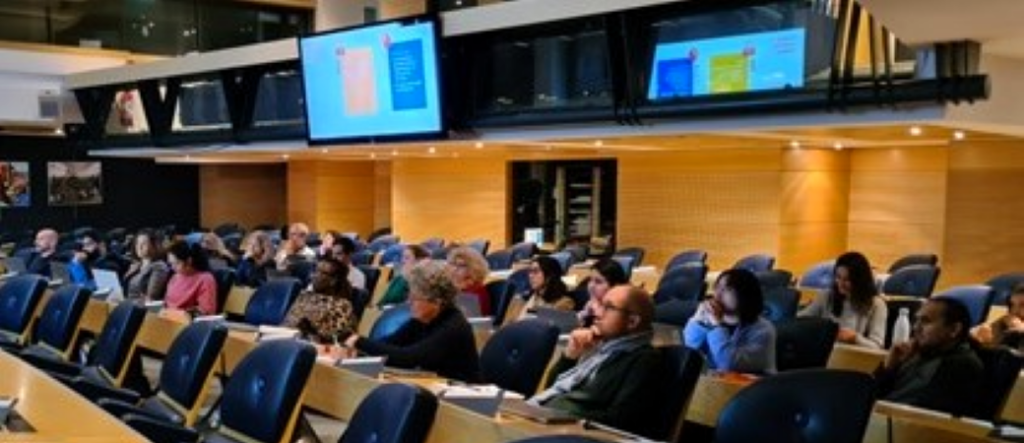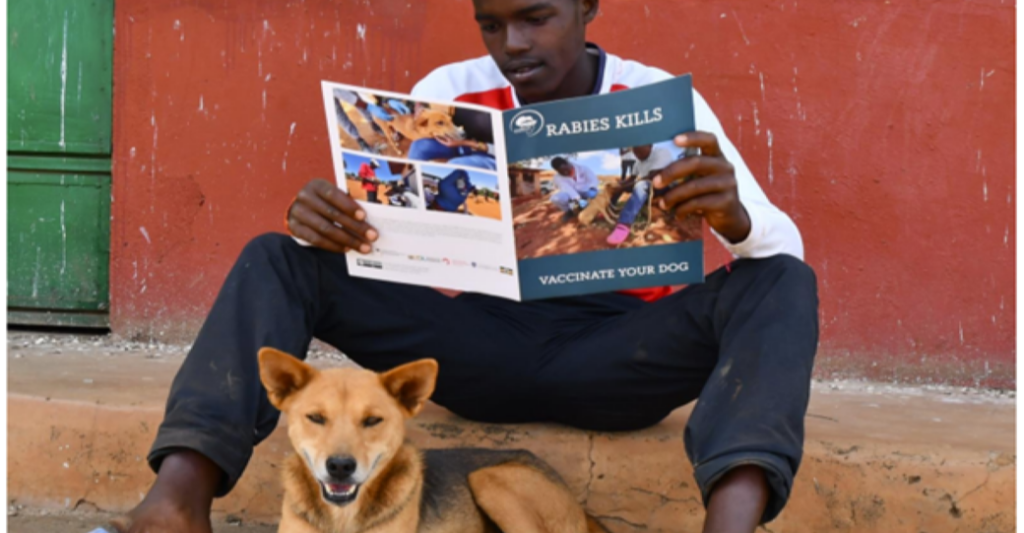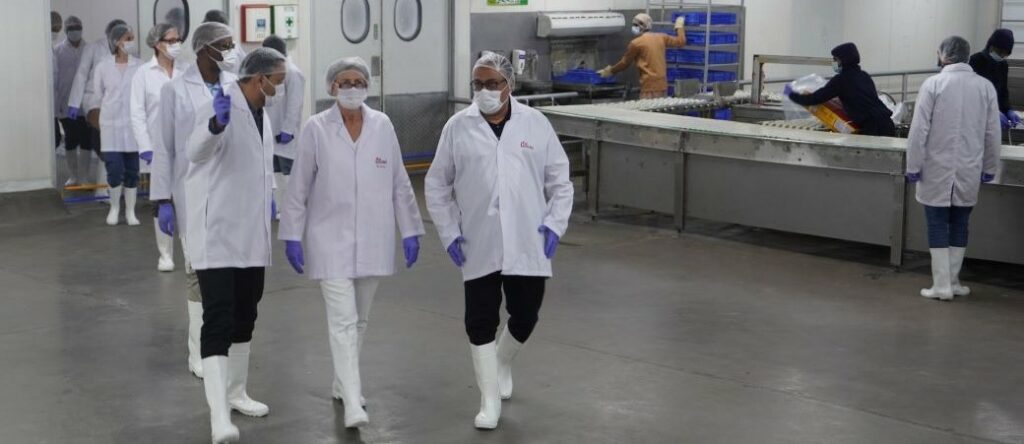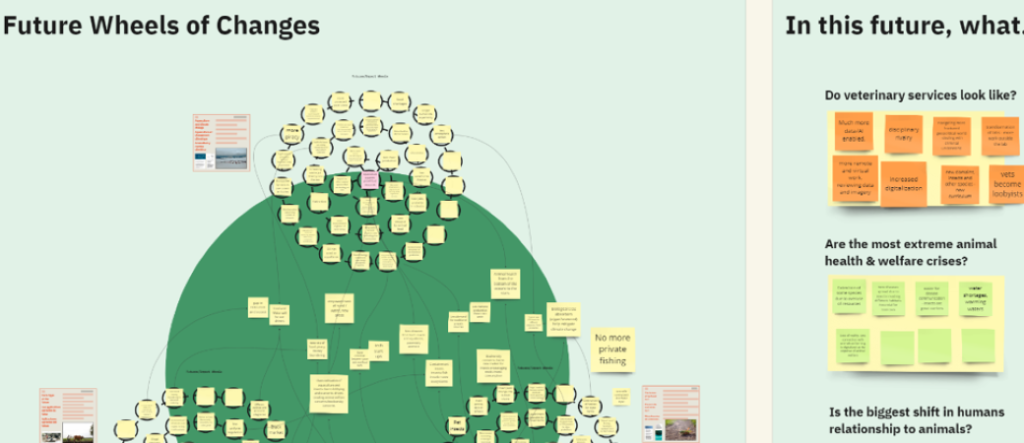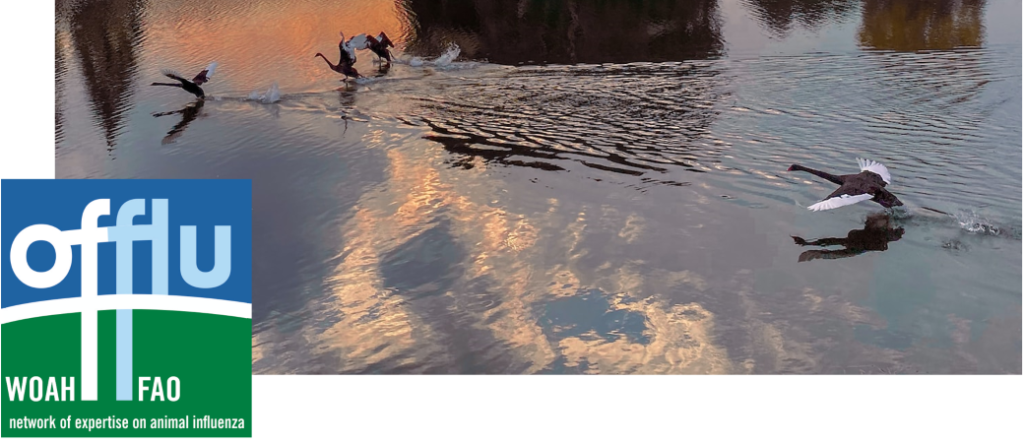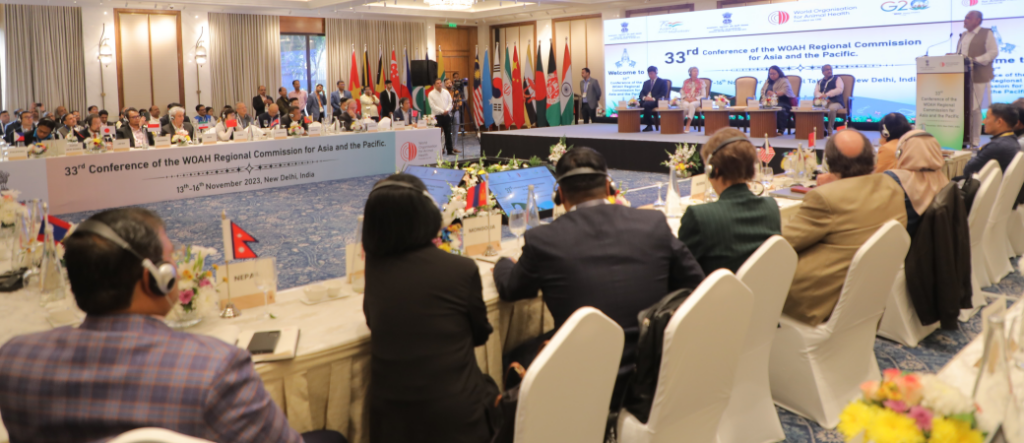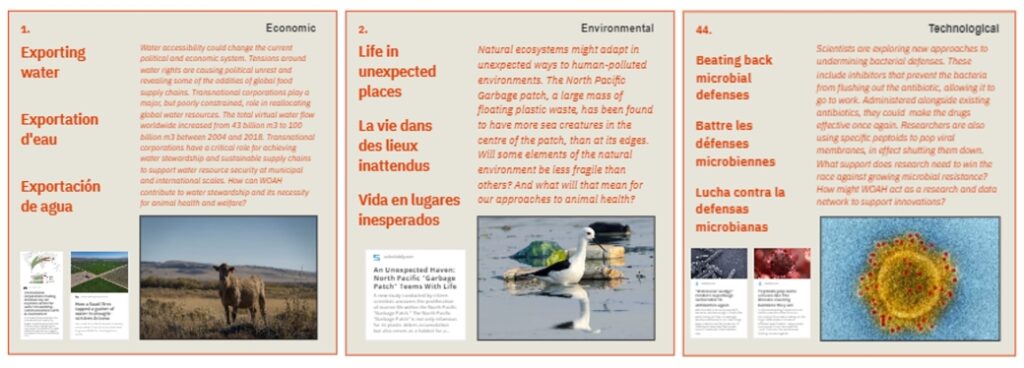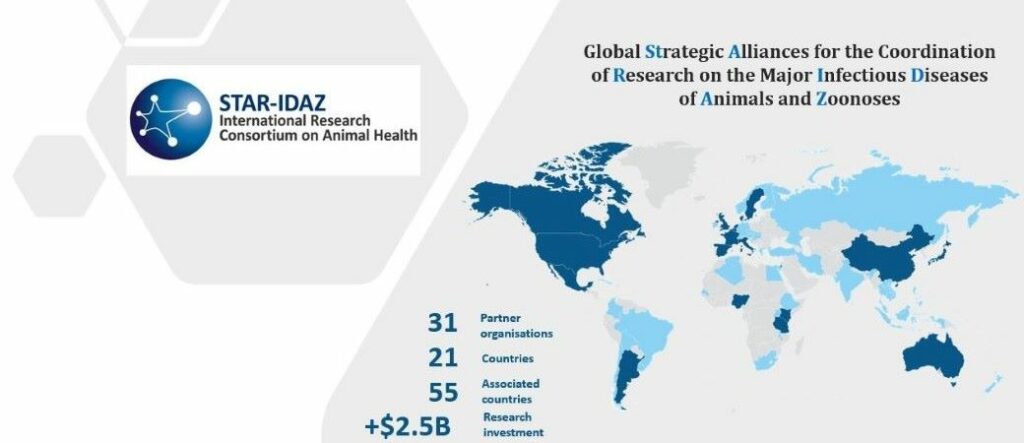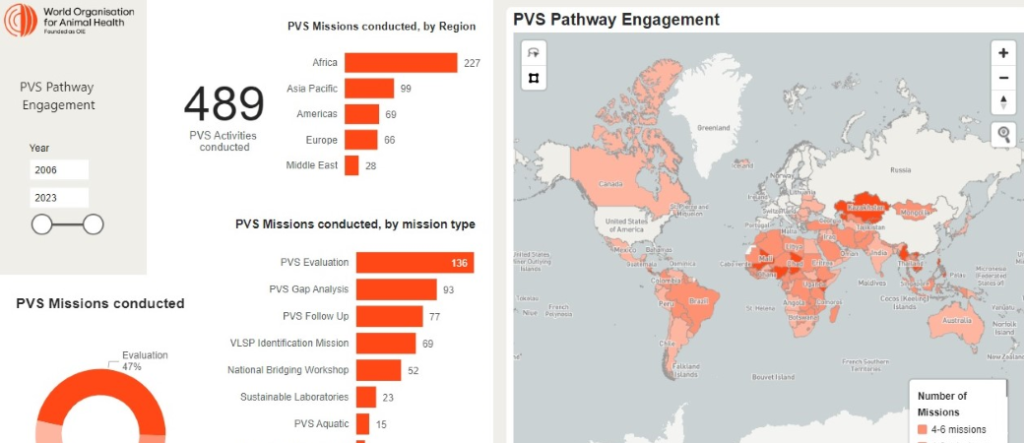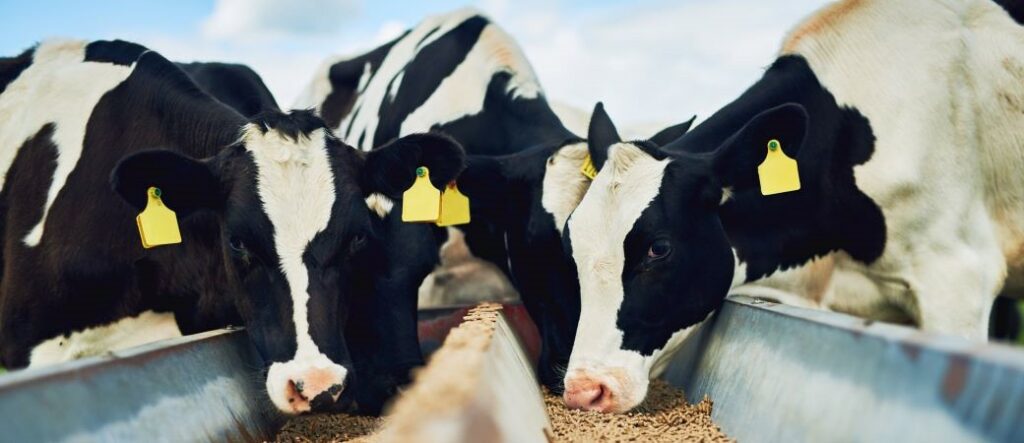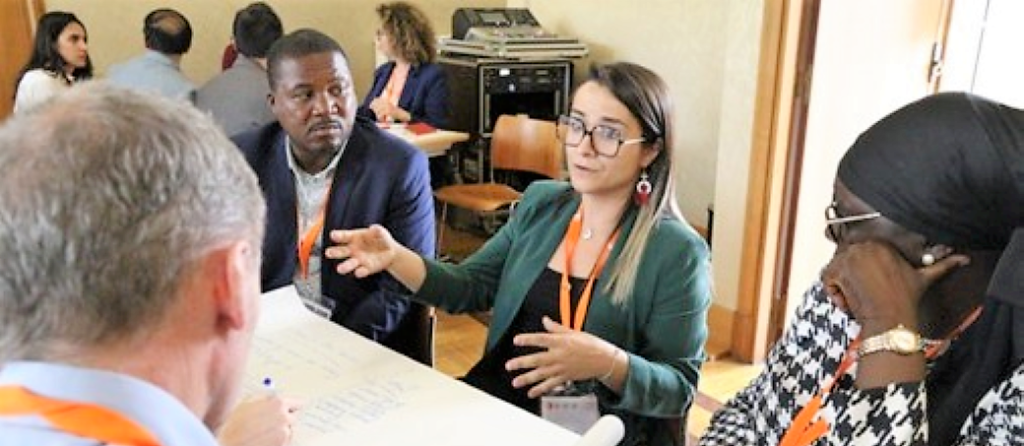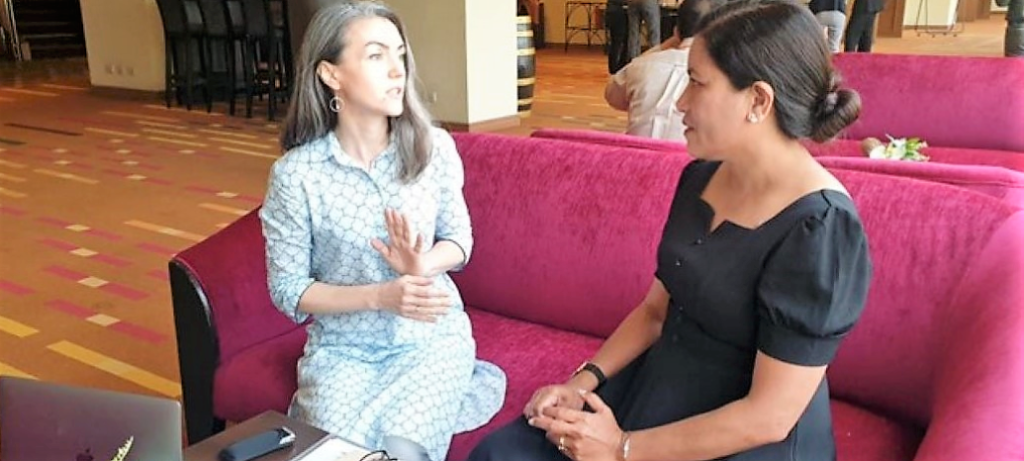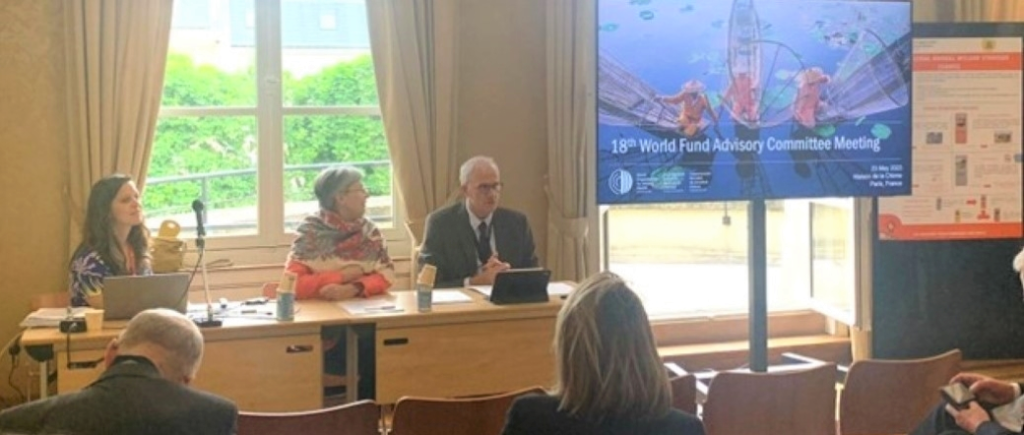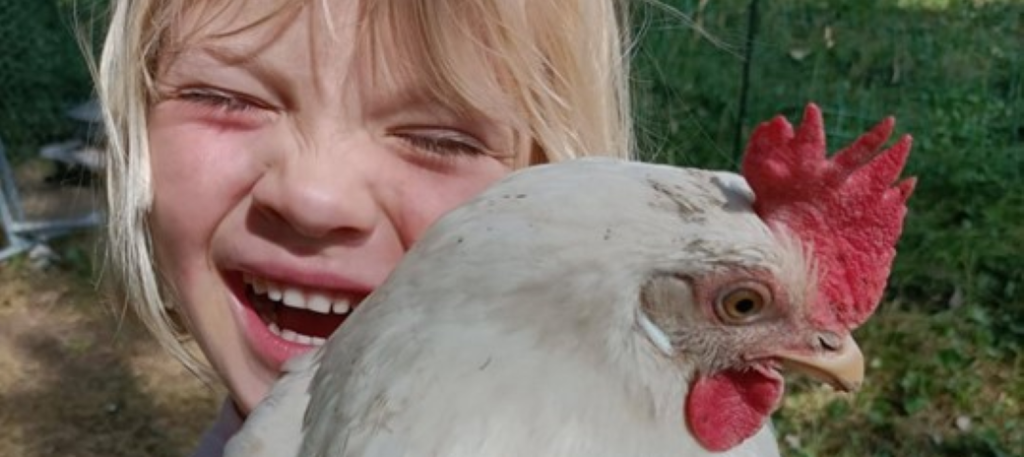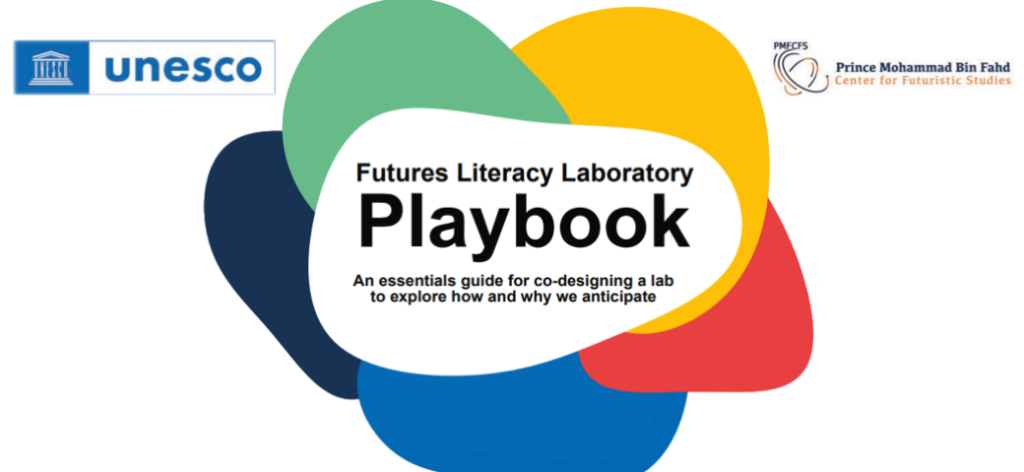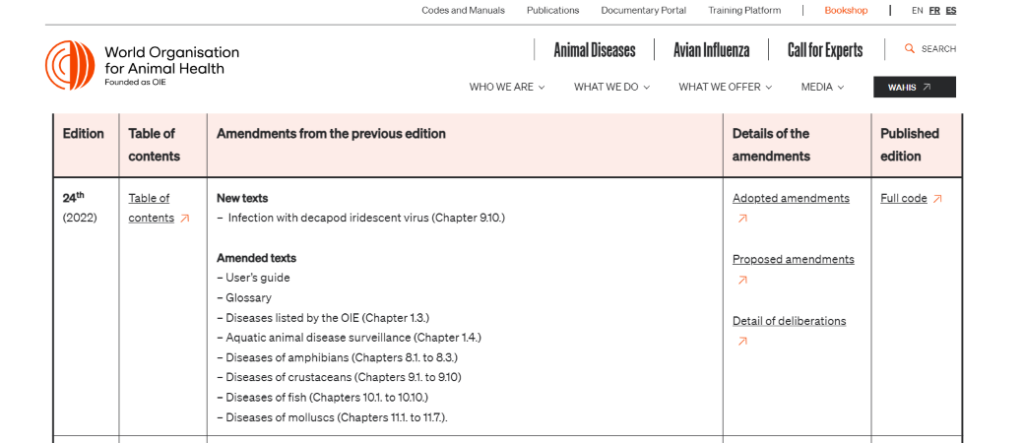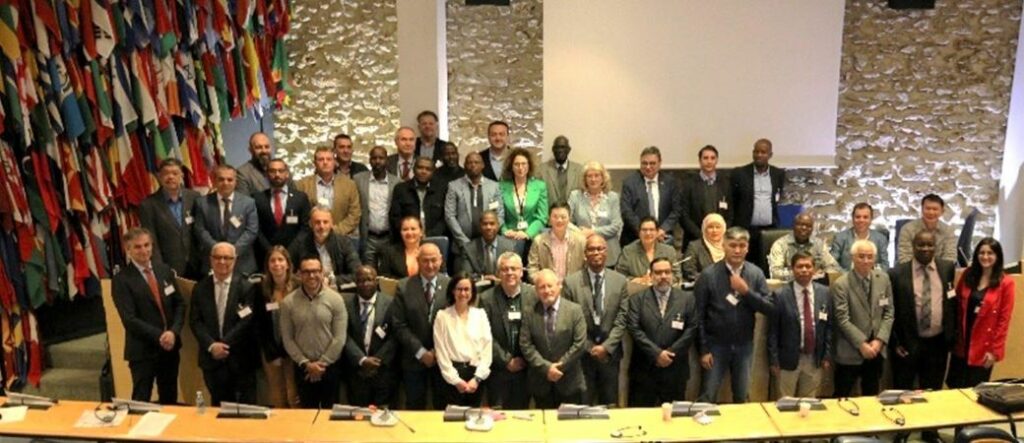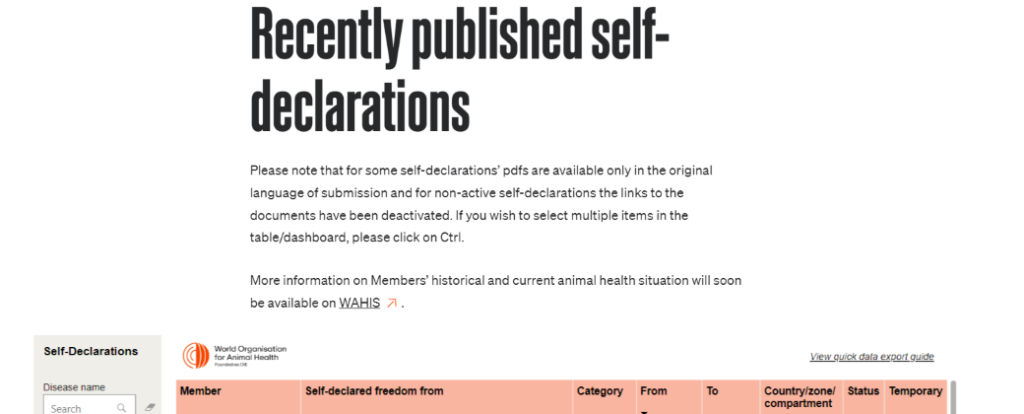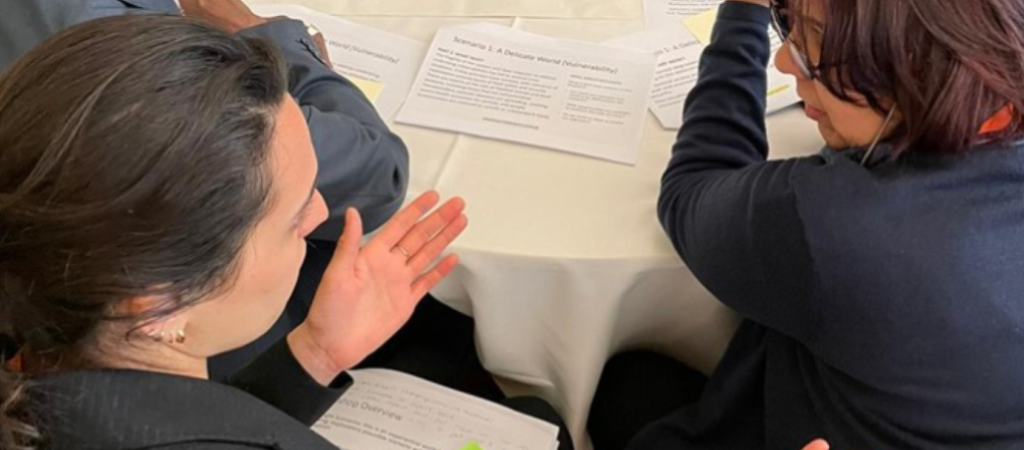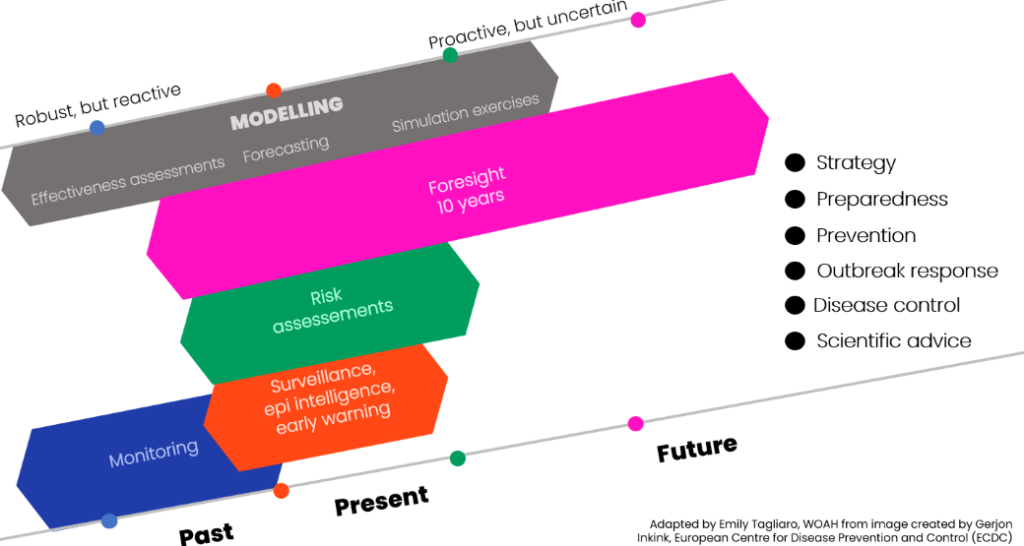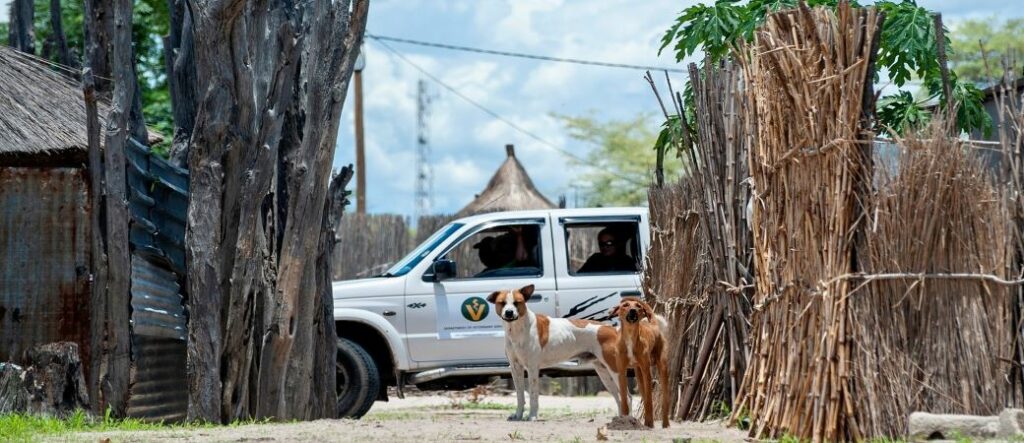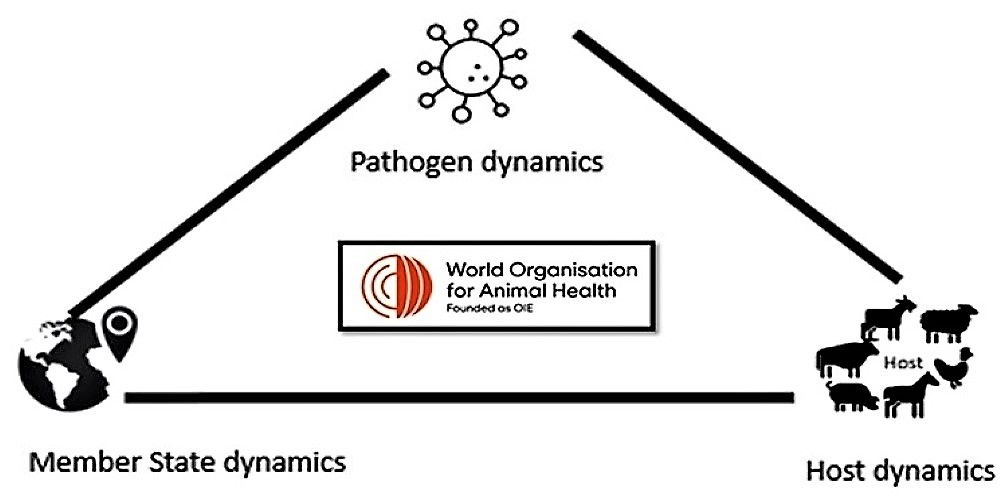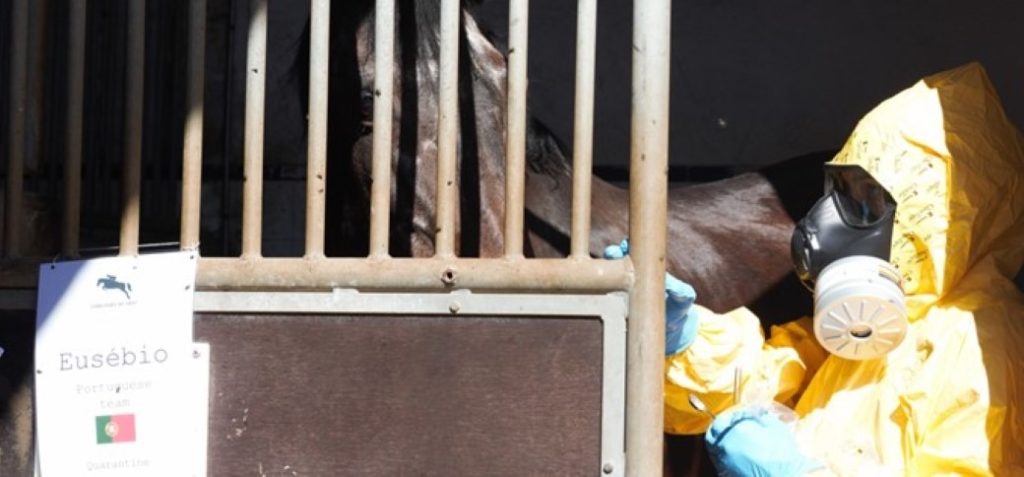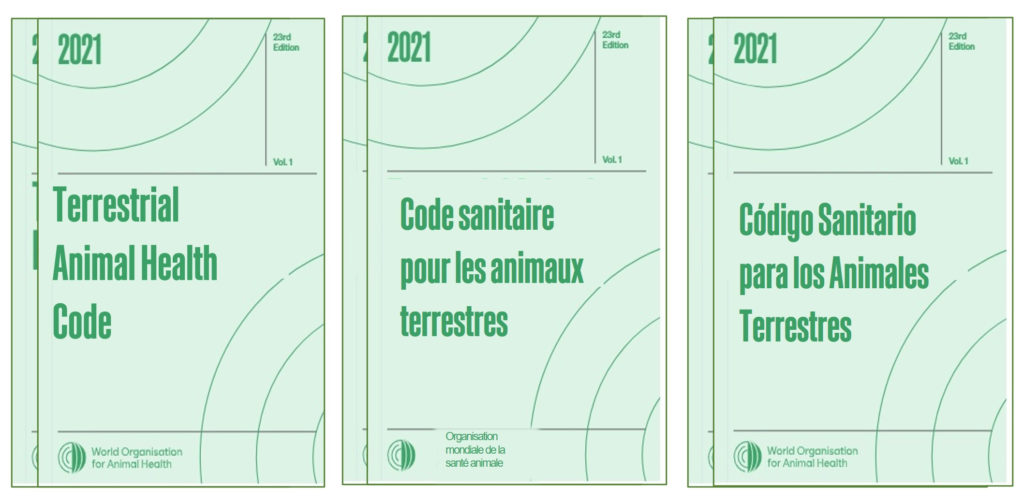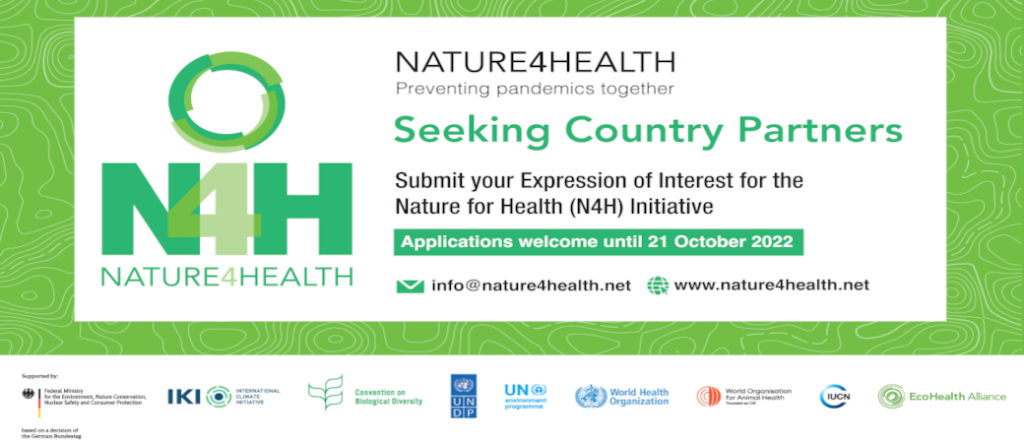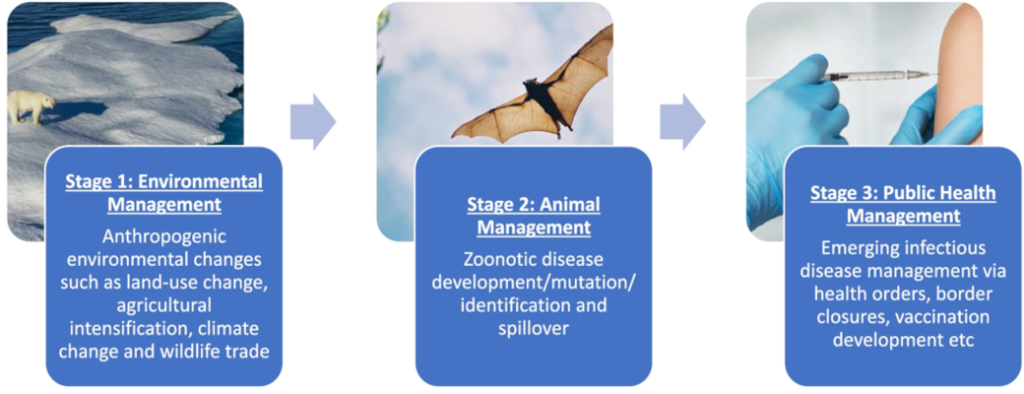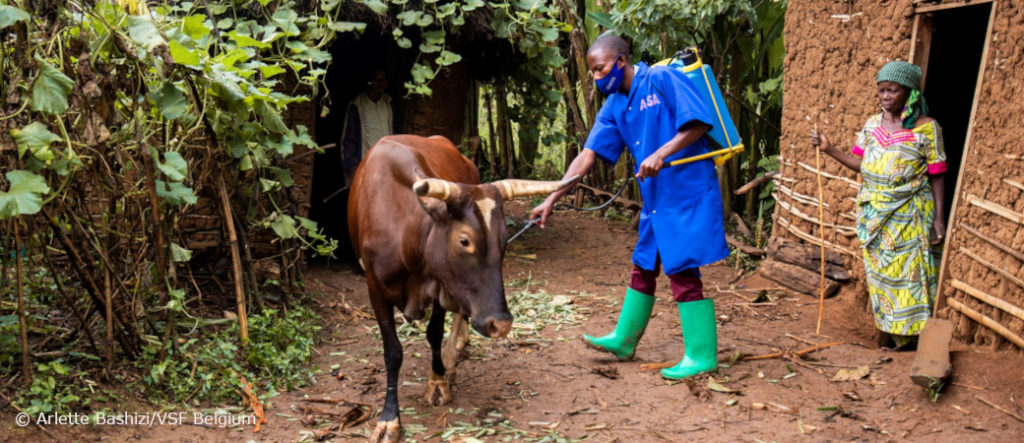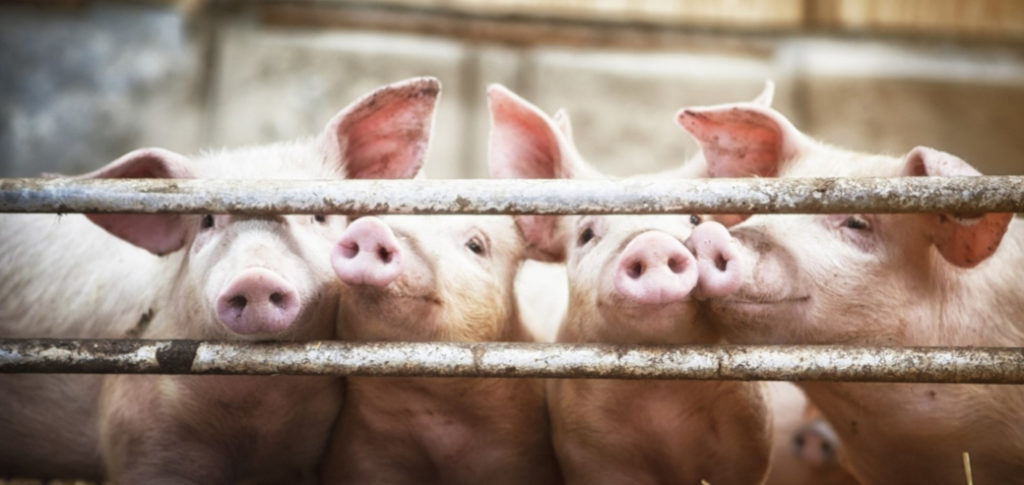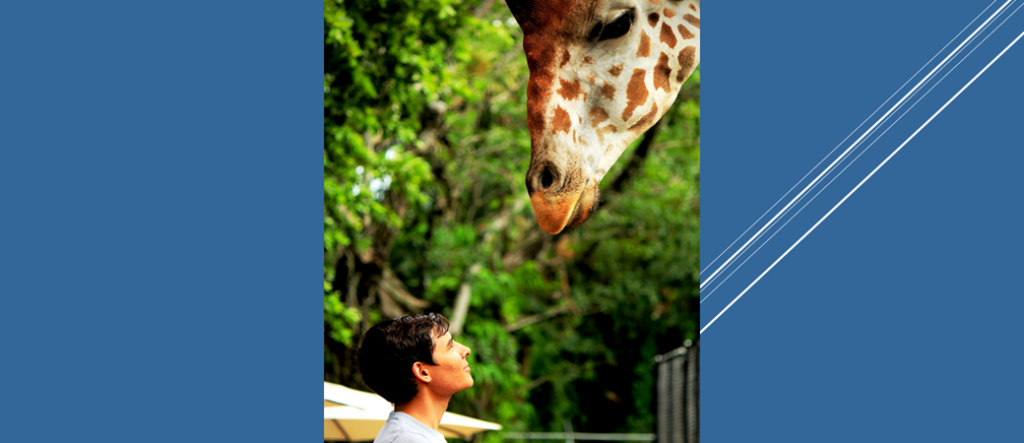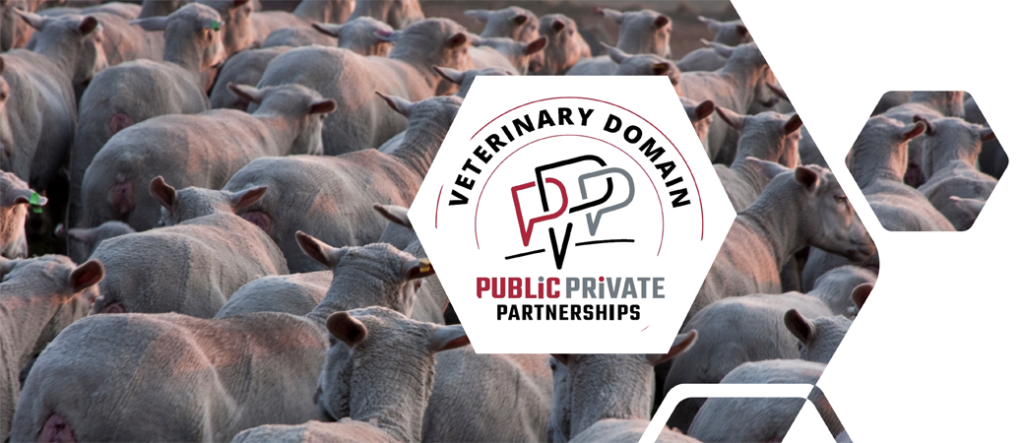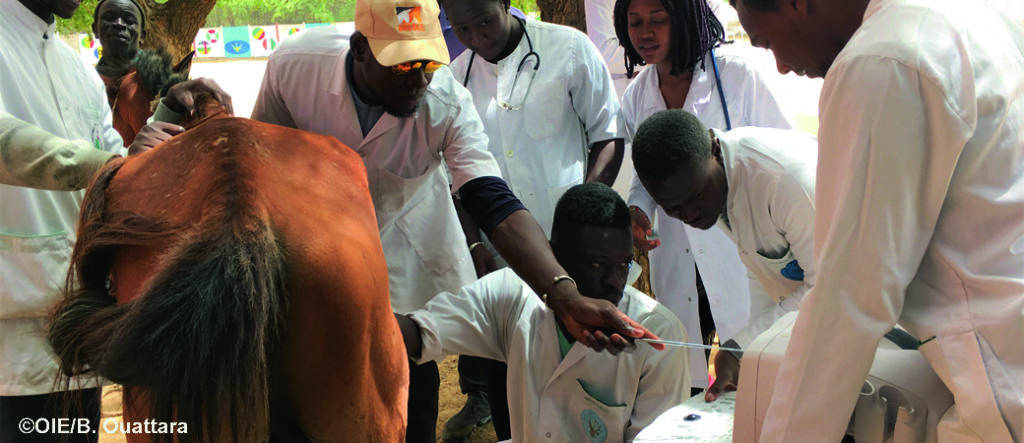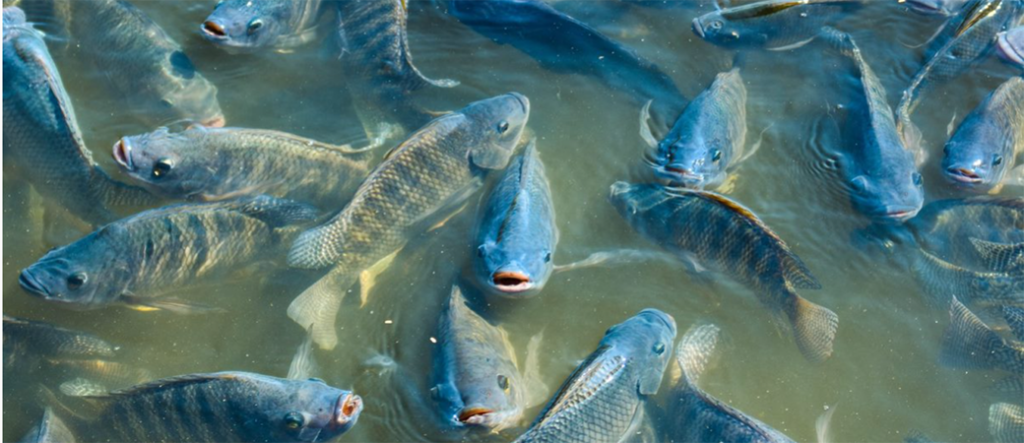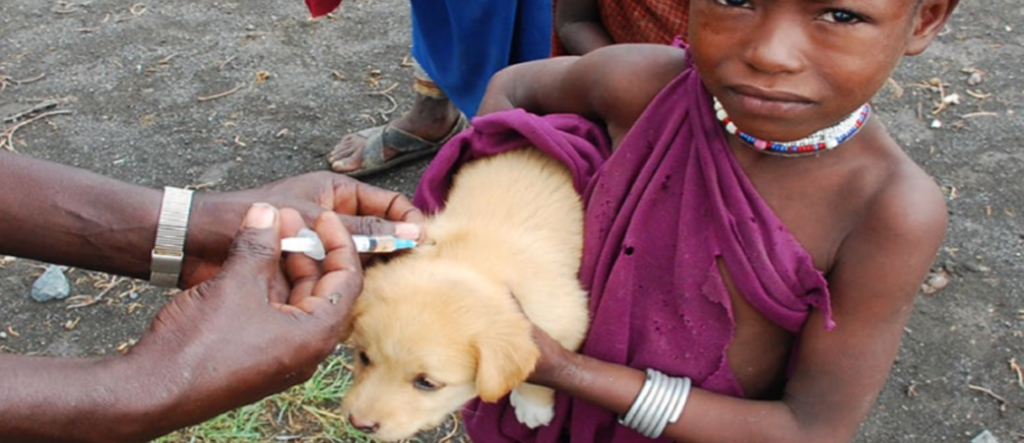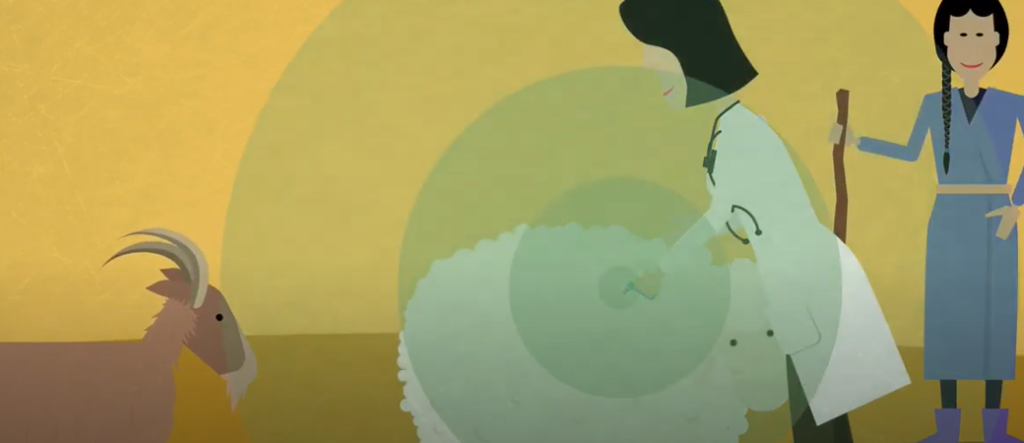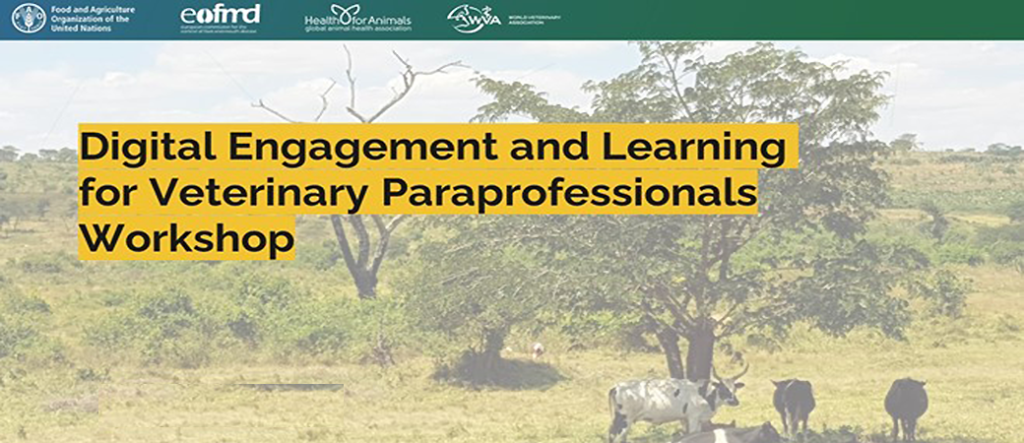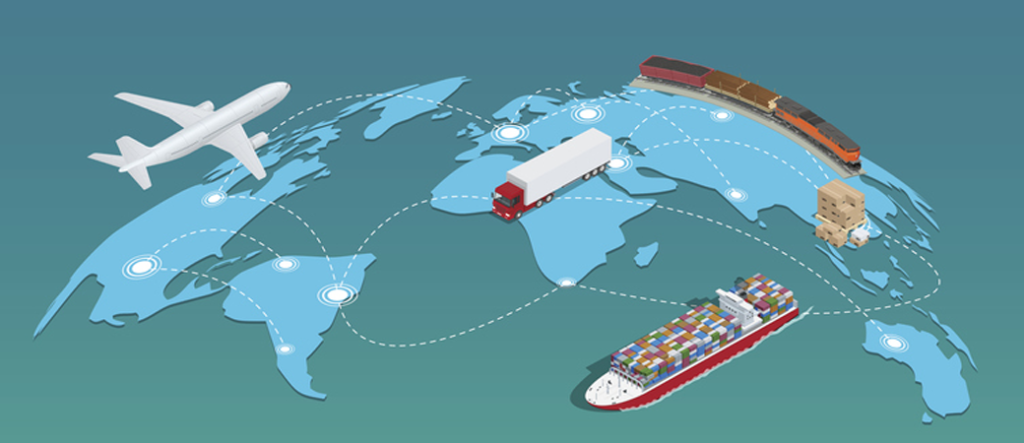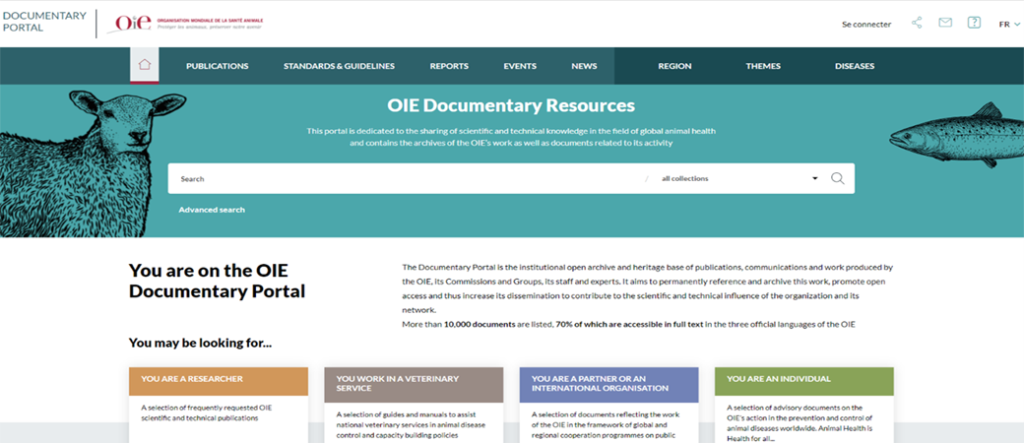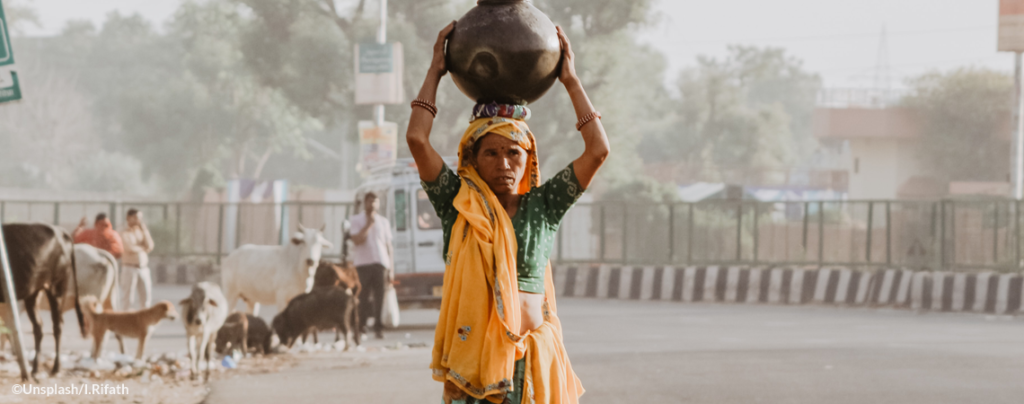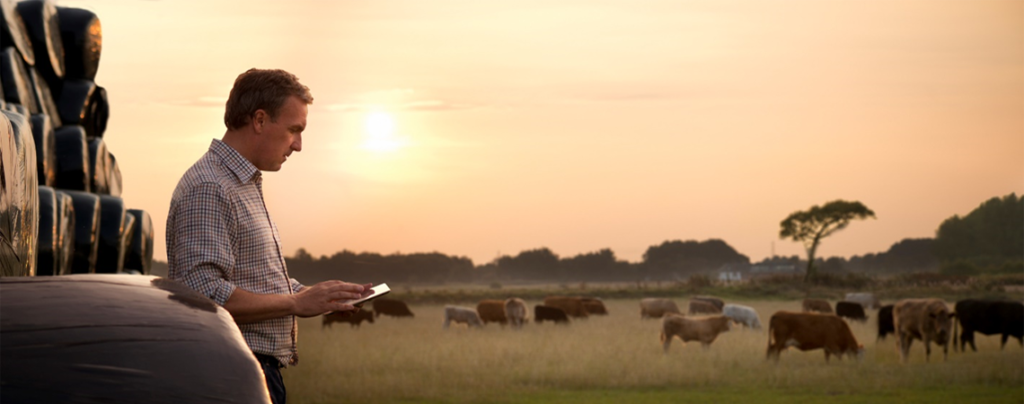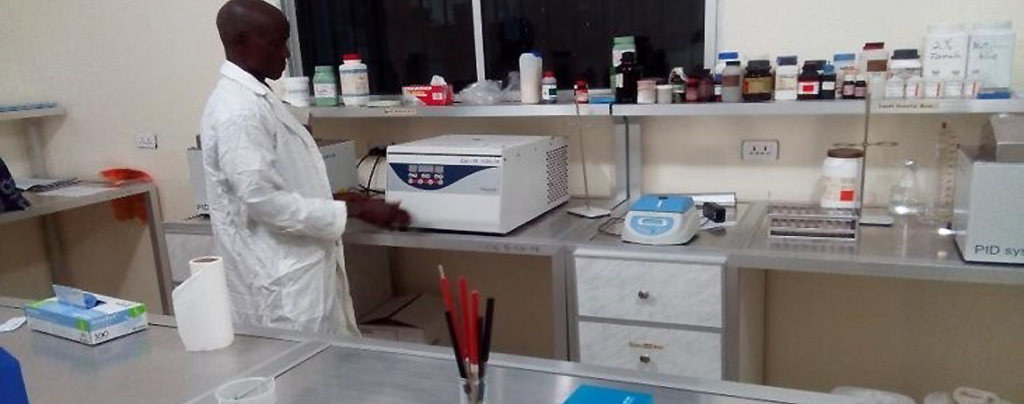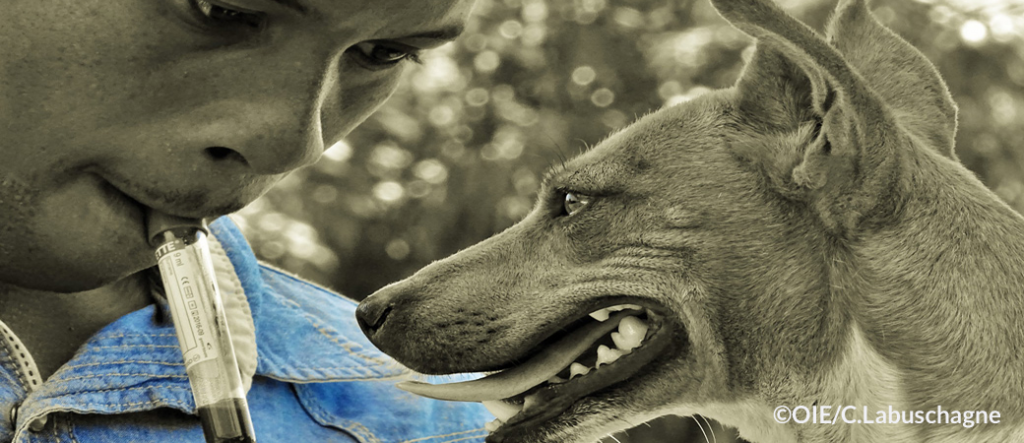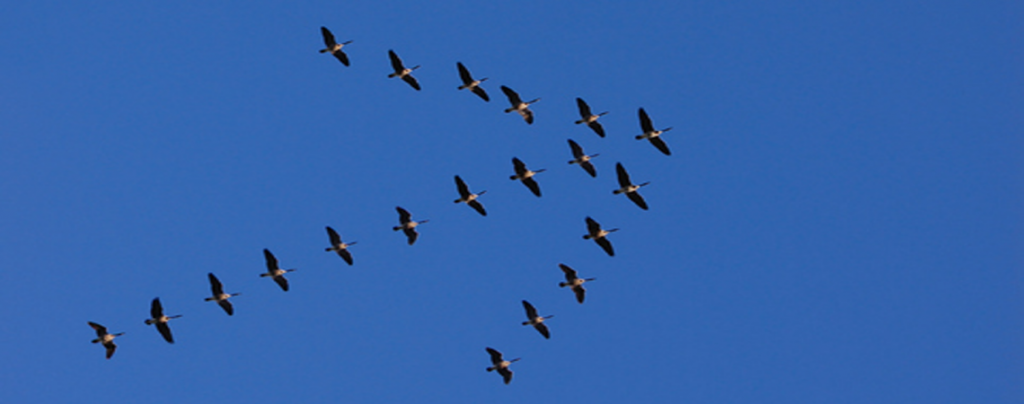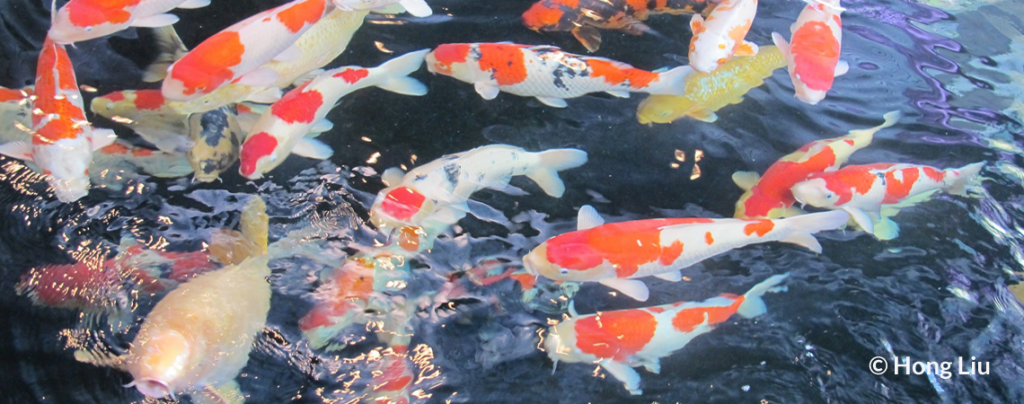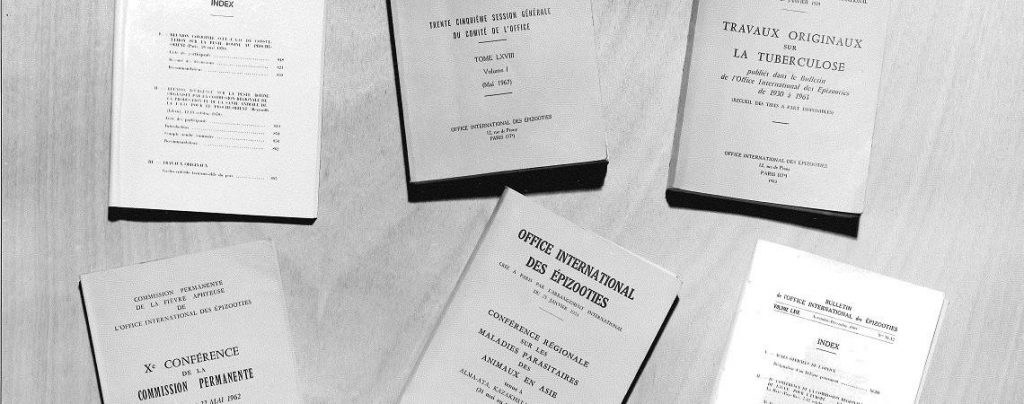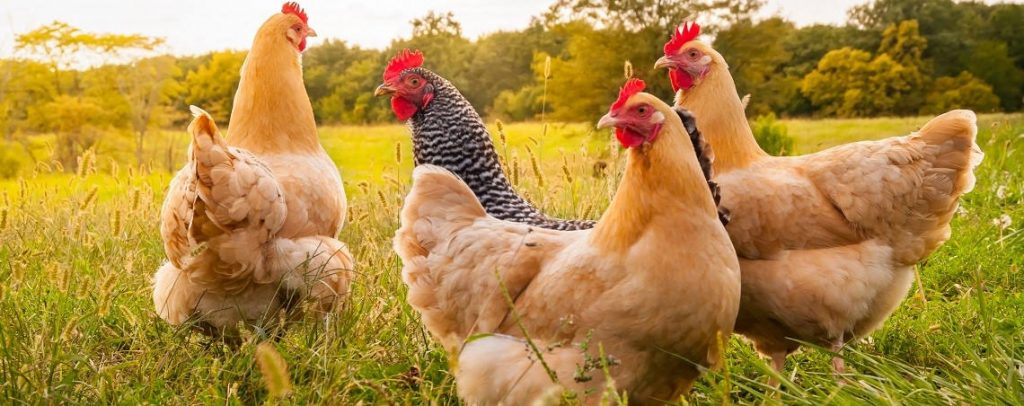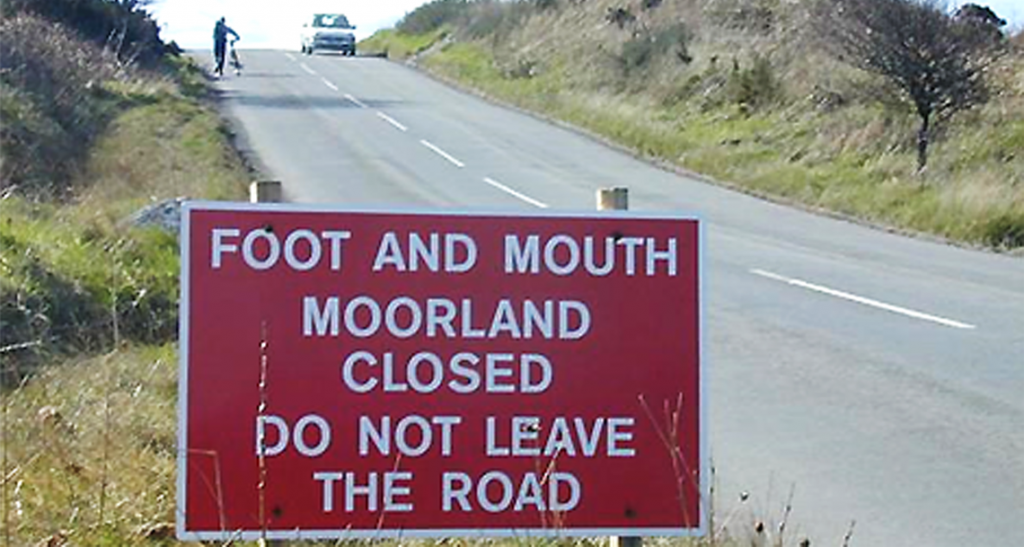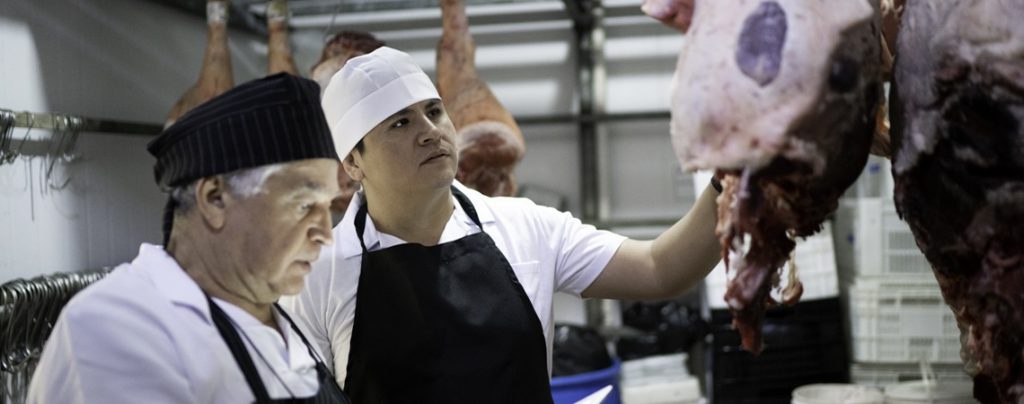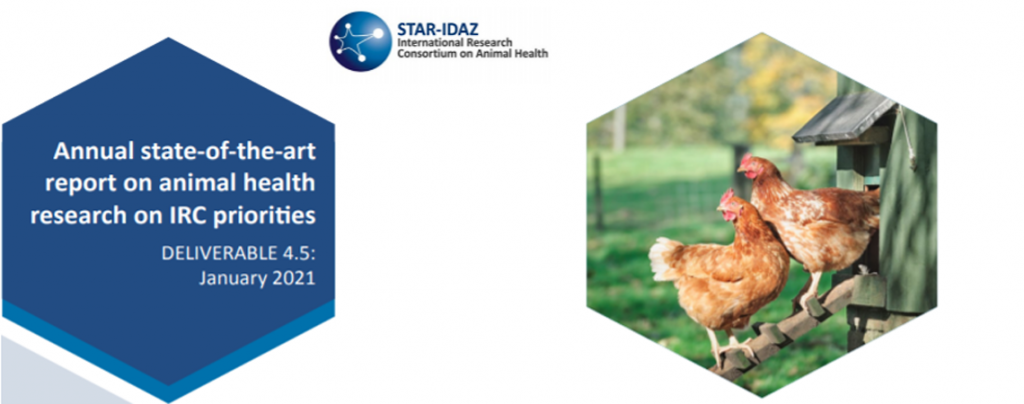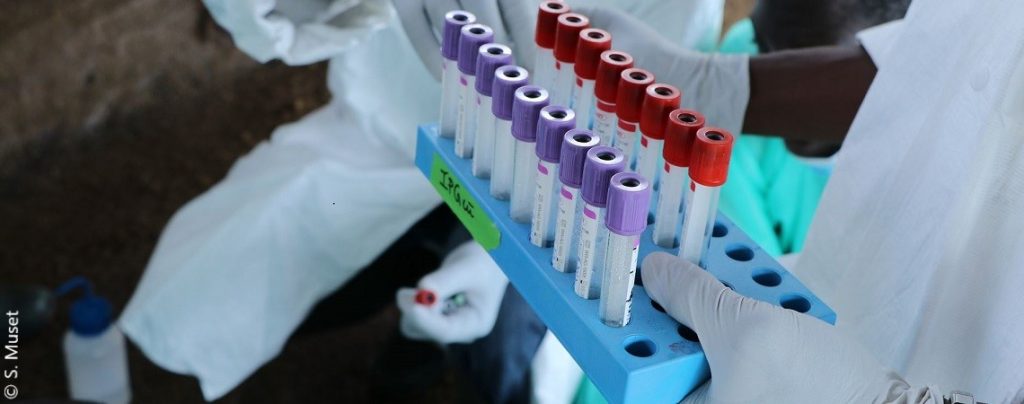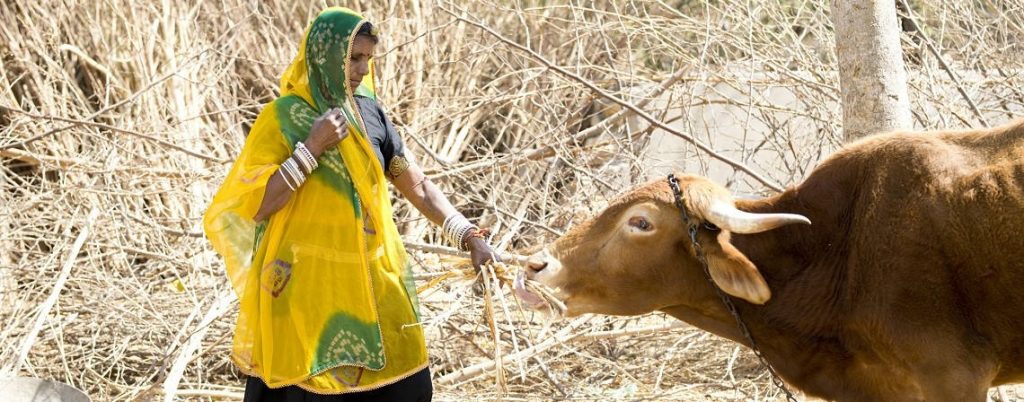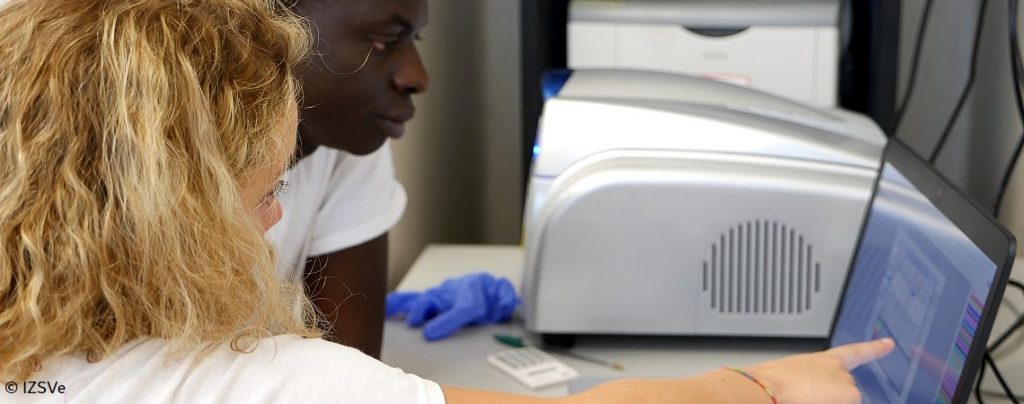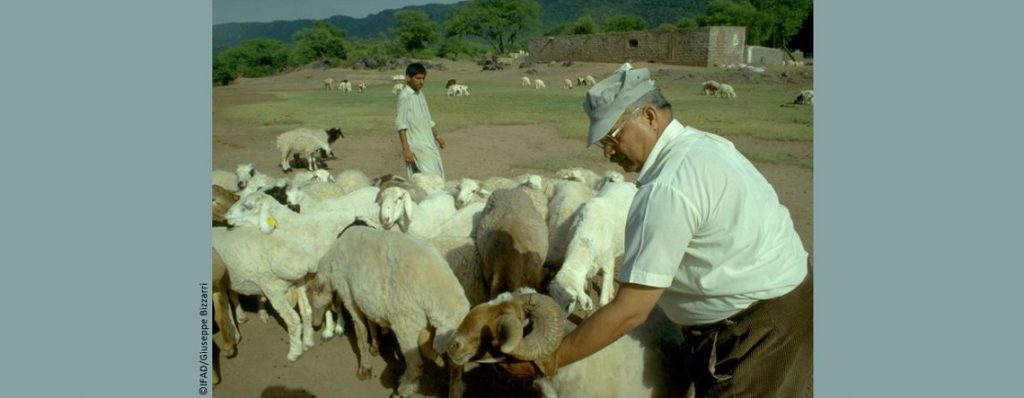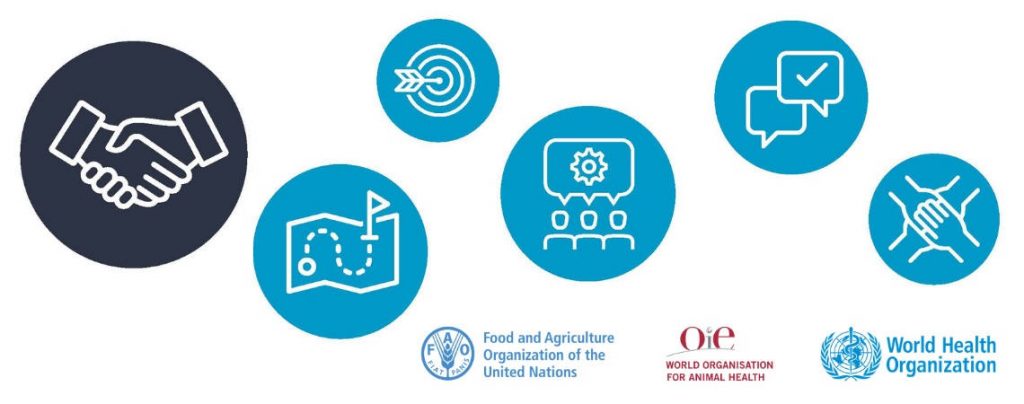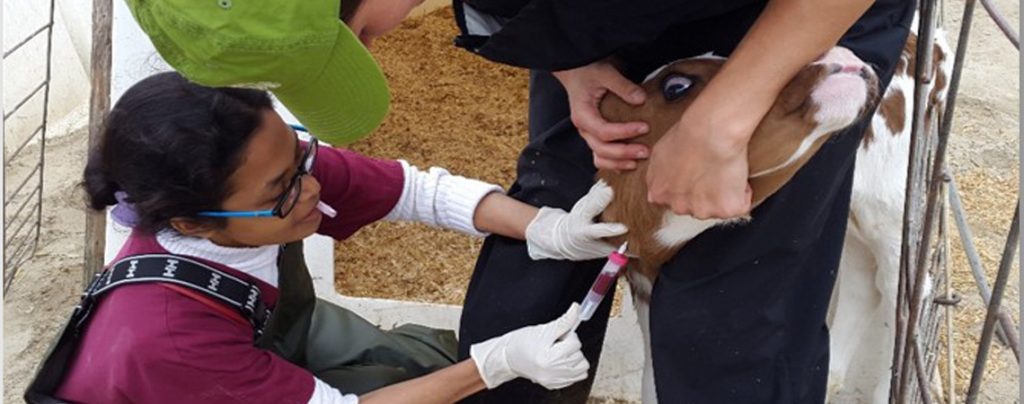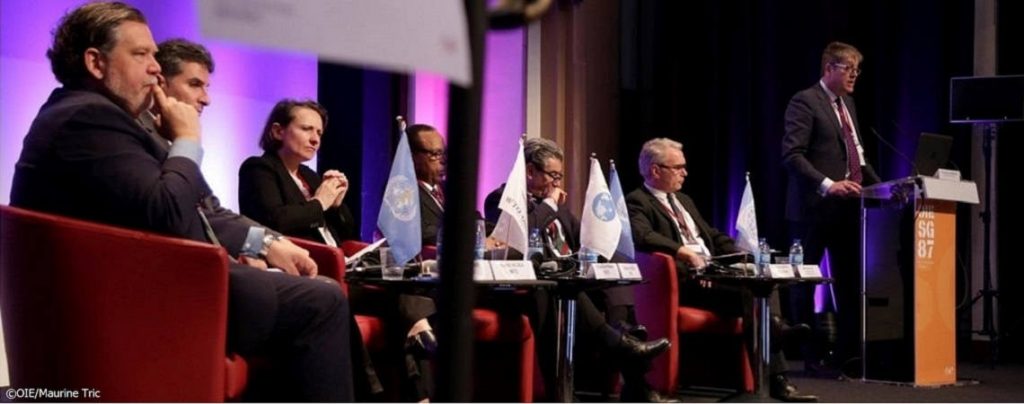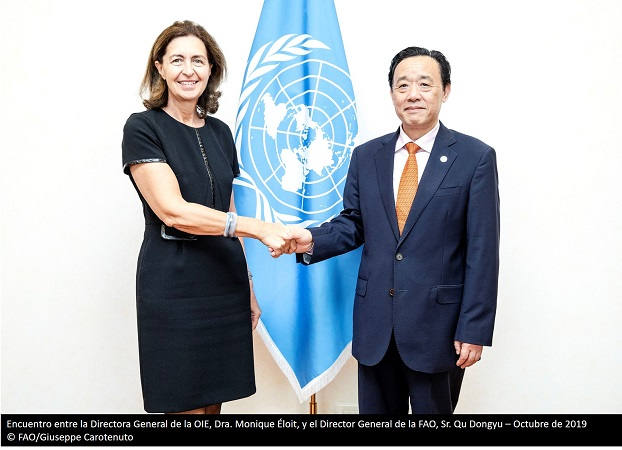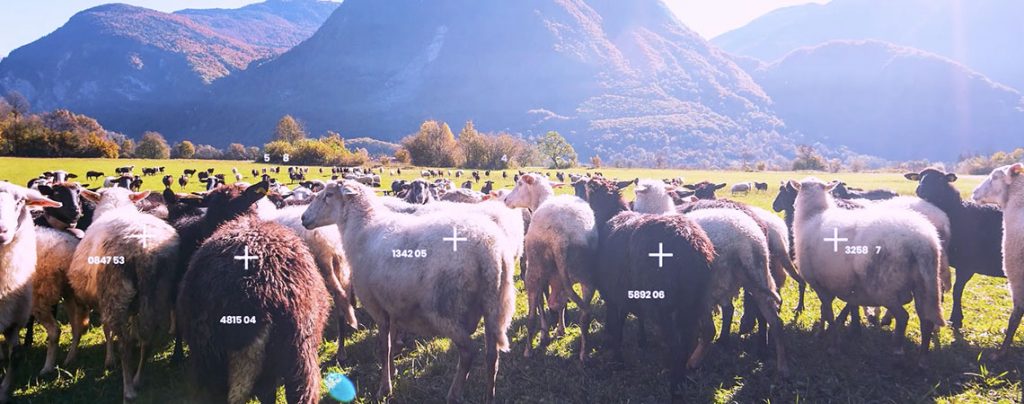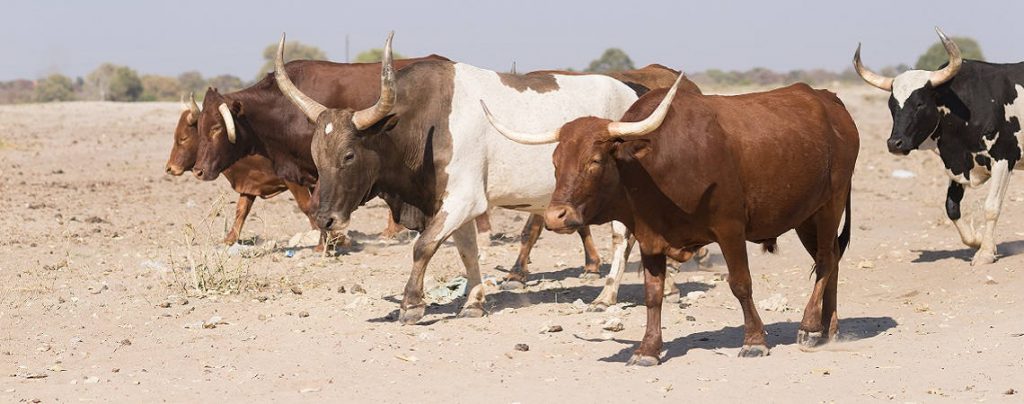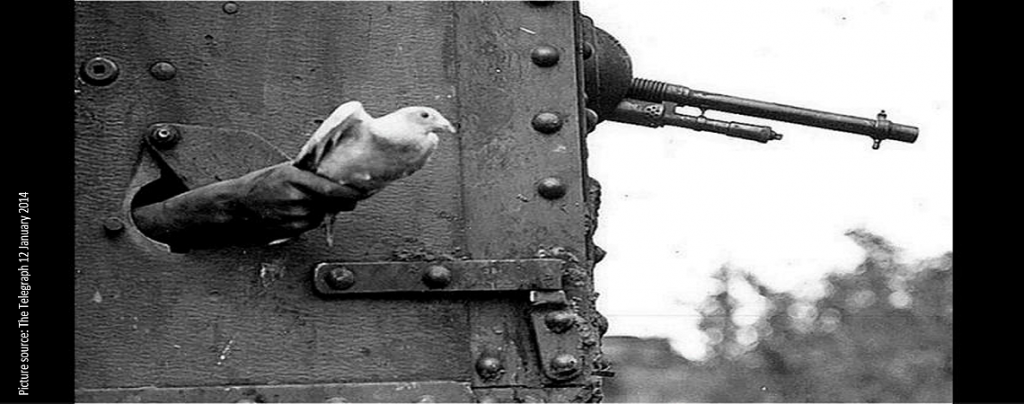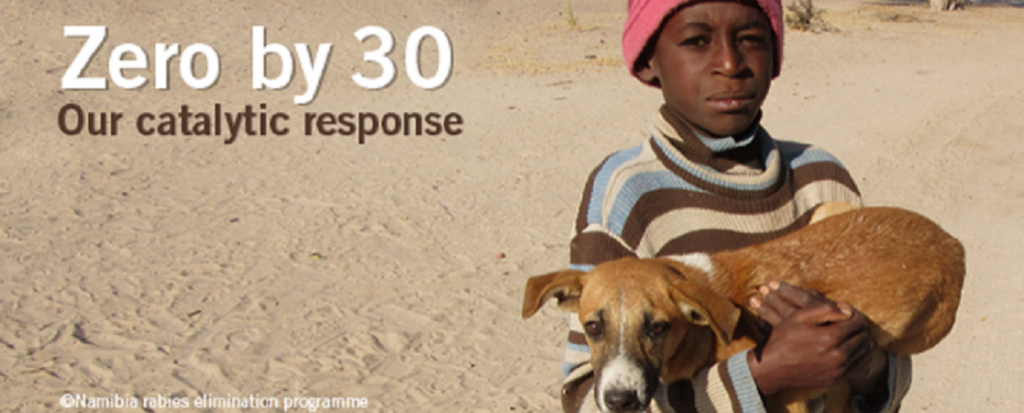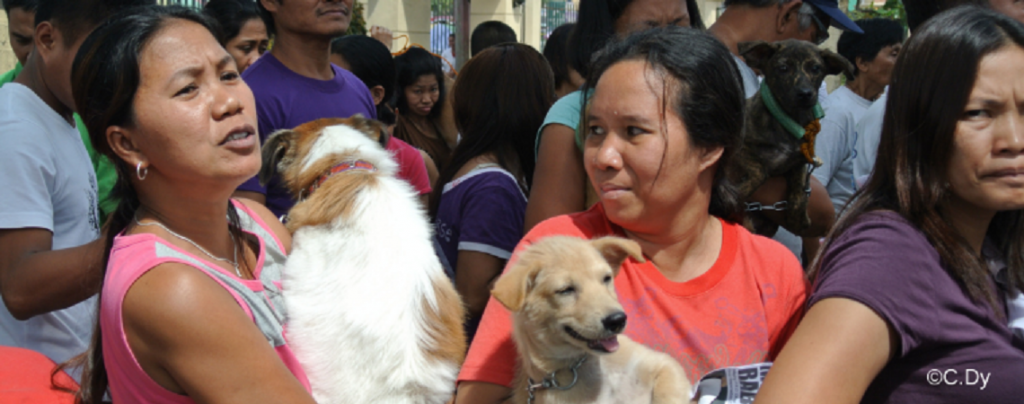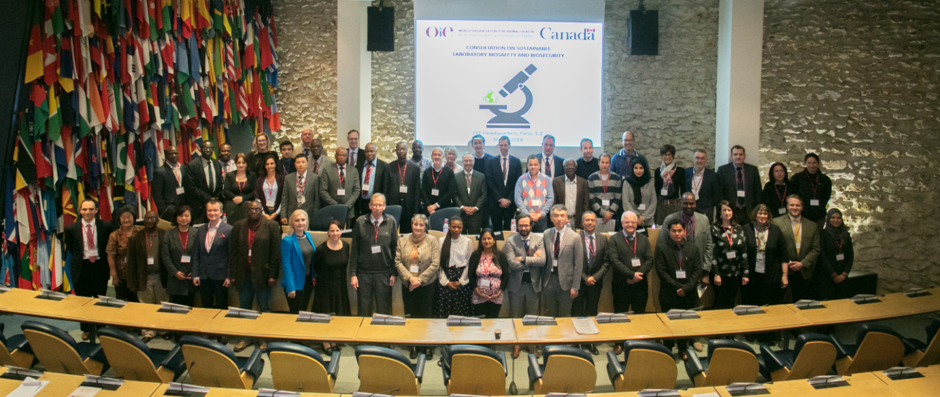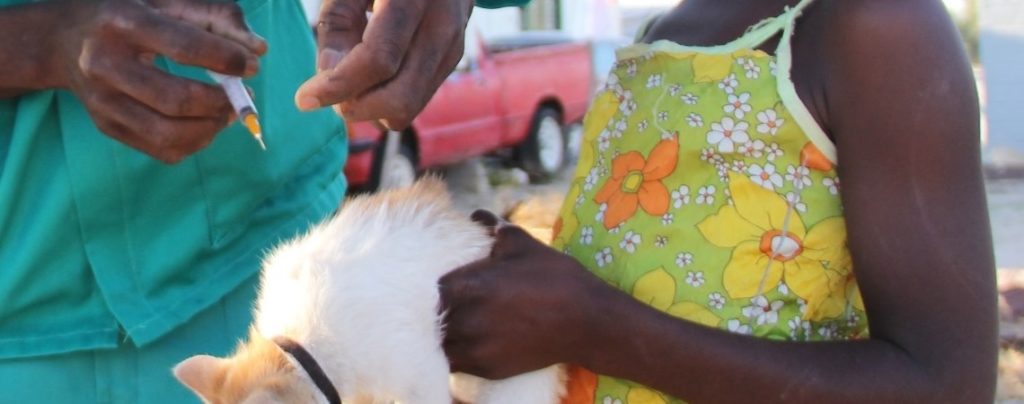INFORMACIÓN CONTINUA Publicado en 2023-01-30 09:51:27
A Risk-Based Insurance Model for Transboundary Animal Diseases
Palabras clave
Authors: Gizem Levent, Christopher Glen Laine, Melissa Berquist, Miguel Gonzalez, Heather Simmons, Jimmy Tickel, Harvey Morgan Scott
Agro-crime and agro-terrorism, which involve the use of biological agents as weapons, threaten peace and economic stability in countries and regions around the world.
To better assess the risks and vulnerabilities of these threats, researchers have developed a risk premium model based on the World Organisation for Animal Health (WOAH) quantitative risk assessment paradigm.
This model uses various domain scores related to release and exposure for biological factors, as well as preparedness/response ability of each country, to provide a transparent, robust and widely available tool for assessing potential resilience against agro-crime or agro-terror events, as well as for unintentional disease introductions. By doing this, the model can help to protect animal health and economic stability worldwide.
Agro-Crime and Agro-Terrorism
Agro-crime and agro-terrorism, which involve the use of biological agents as weapons, threaten peace and economic stability. To better understand the possible impact of such events, researchers have developed a prototypical risk premium model for animal health outcomes based on the WOAH quantitative risk assessment paradigm.
About the Model
This model uses dimensionless and relative domain scores related to release and exposure for several biological factors, as well as preparedness/response ability of each country. It also considers disease-specific measures relating to pathogens, targeted animal populations, the ongoing disease situation, within– and among – country peace or conflict, disease-specific control measures, and the availability of technical tools and personnel for successful disease management. Additionally, the model considers economic, political, and research and development competencies in order to assess each WOAH Member’s potential for resilience.
Vulnerability Indices
Using this model, the researchers developed vulnerability indices for 25 WOAH Members from five worldwide regions against four transboundary infectious animal diseases including Foot and Mouth disease, African swine fever, Highly pathogenic avian influenza, and Brucellosis. The indices were generated by using variables from widely accepted databases from multiple intergovernmental organisations.
Benefits of the Model
The risk premium model proposed is transparent, relying on robust and widely available datasets. It can easily be adjusted by policymakers and agencies and used to improve risk management strategies against agro-crime or agro-terror events, as well as for unintentional disease introductions. This model can be invaluable in helping to protect animal health and economic stability.
Funding and Support
This study was supported by the WOAH-FAO-INTERPOL Building Resilience Against Agro-Crime and Agro-Terrorism Project Team along with funding provided through the Weapons Threat Reduction Program of Global Affairs, Canada.
The designations and denominations employed and the presentation of the material in this article do not imply the expression of any opinion whatsoever on the part of the World Organisation for Animal Health (WOAH, founded as OIE) concerning the legal status of any country, territory, city or area or of its authorities, or concerning the delimitation of its frontiers and boundaries.
The views expressed in this article are solely the responsibility of the author(s). The mention of specific companies or products of manufacturers, whether or not these have been patented, does not imply that these have been endorsed or recommended by WOAH in preference to others of a similar nature that are not mentioned.
Reference: Levent G, Laine CG, Berquist M, Gonzalez M, Simmons H, Tickel J, et al. A risk-based mutual insurance premium framework for establishing indices of vulnerability to the intentional introduction of transboundary animal diseases. Transbound Emerg Dis. 2022. Epub 20221003. doi: 10.1111/tbed.14721. PubMed PMID: 36189839.




